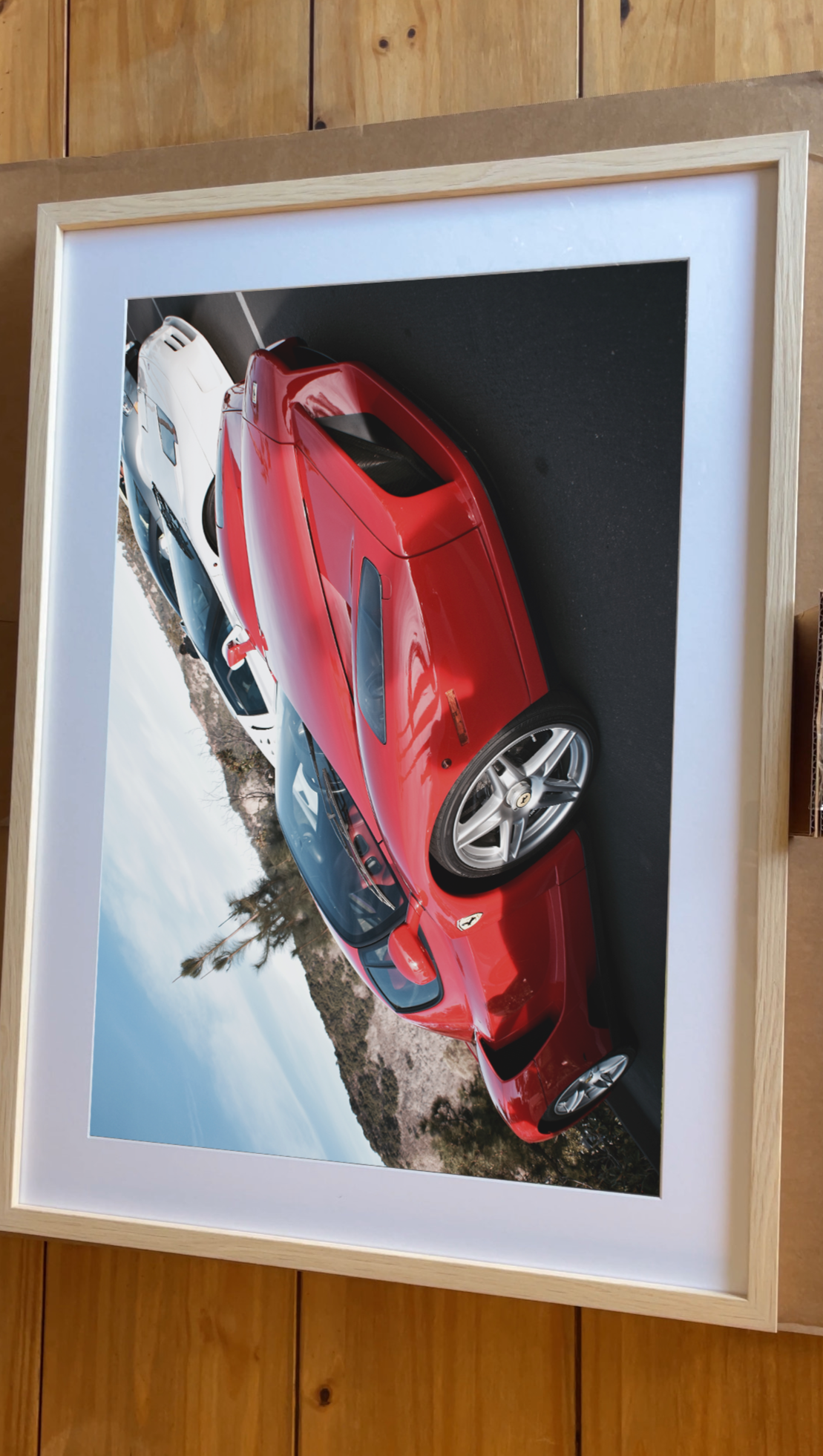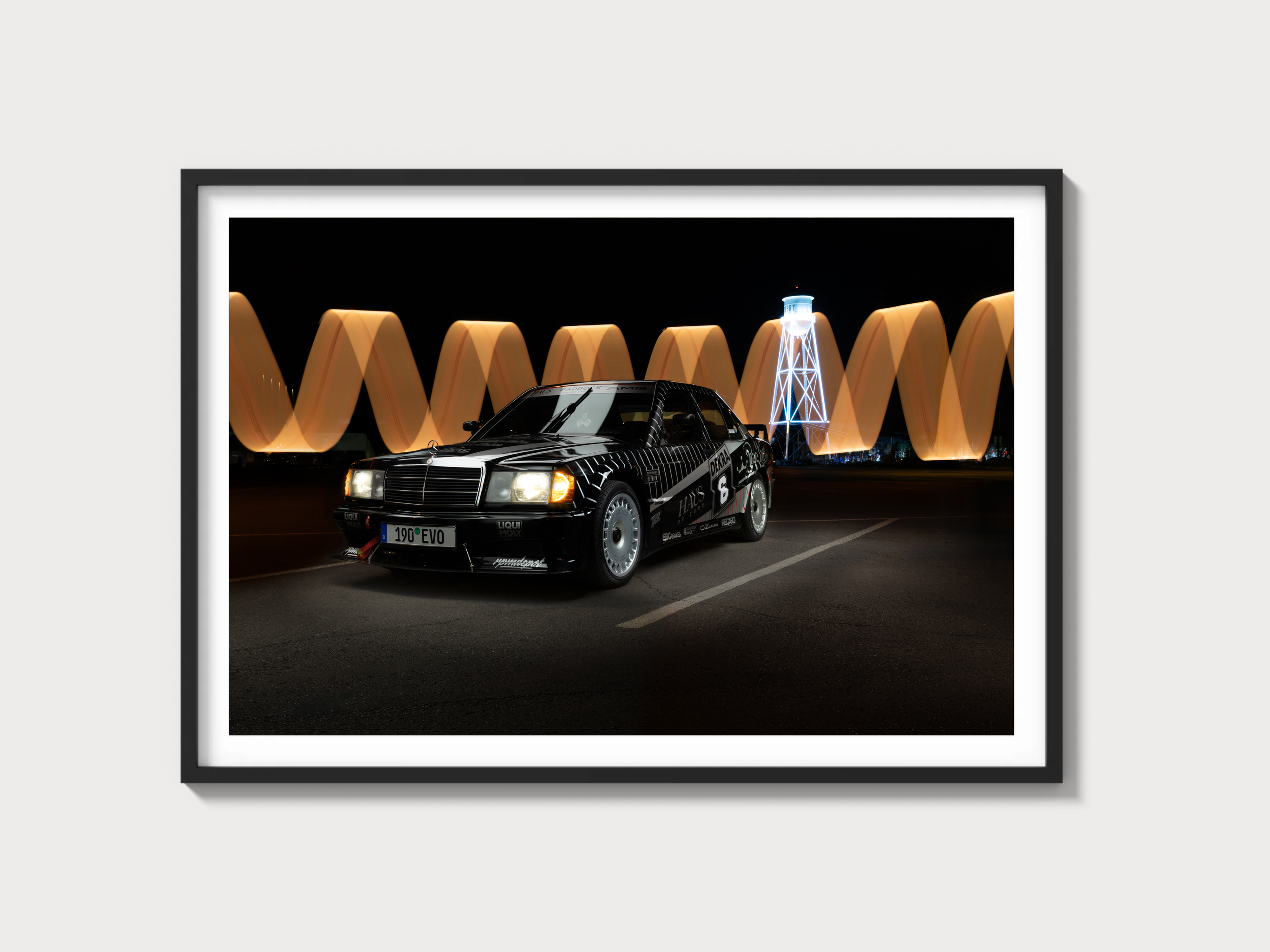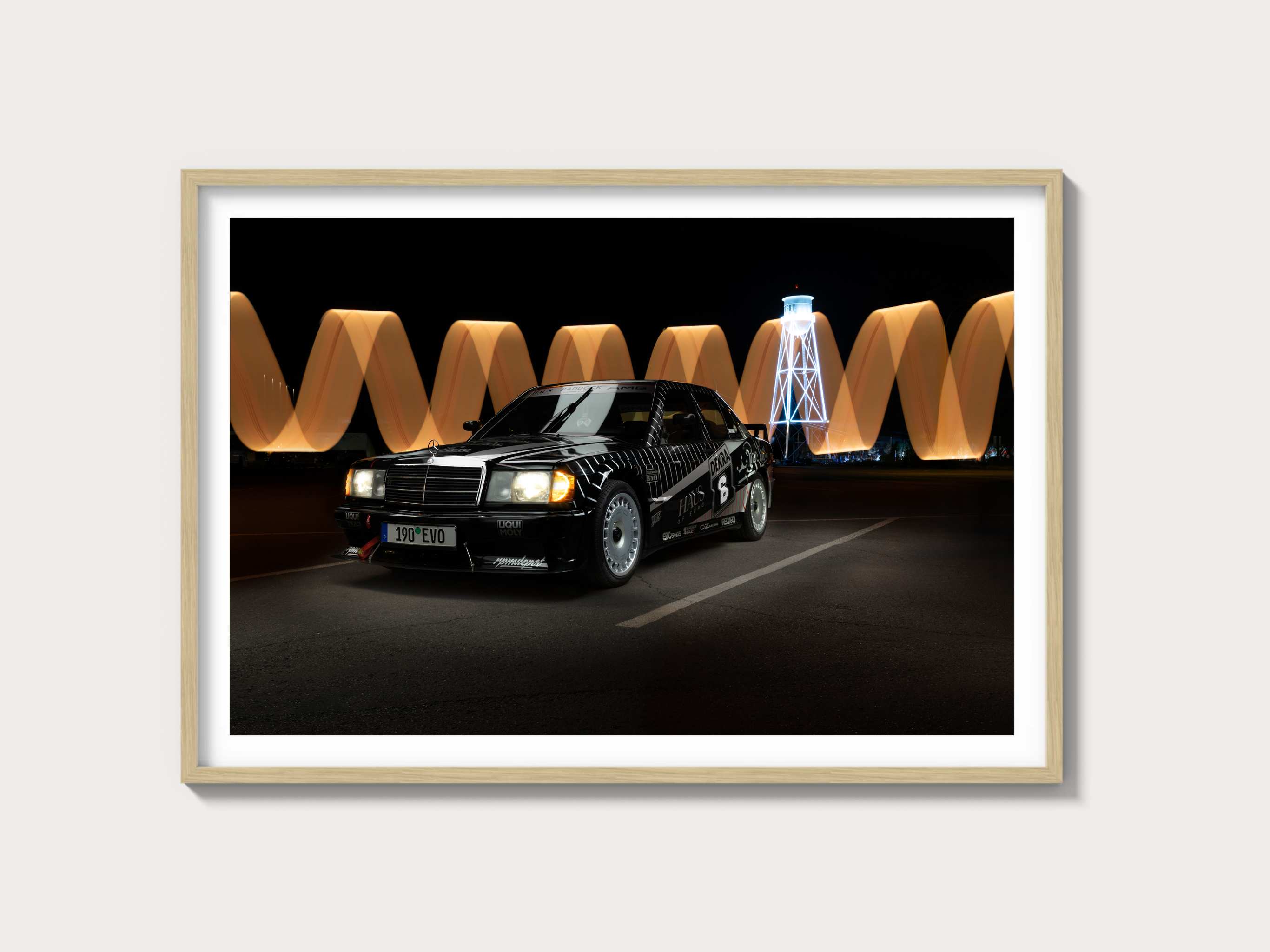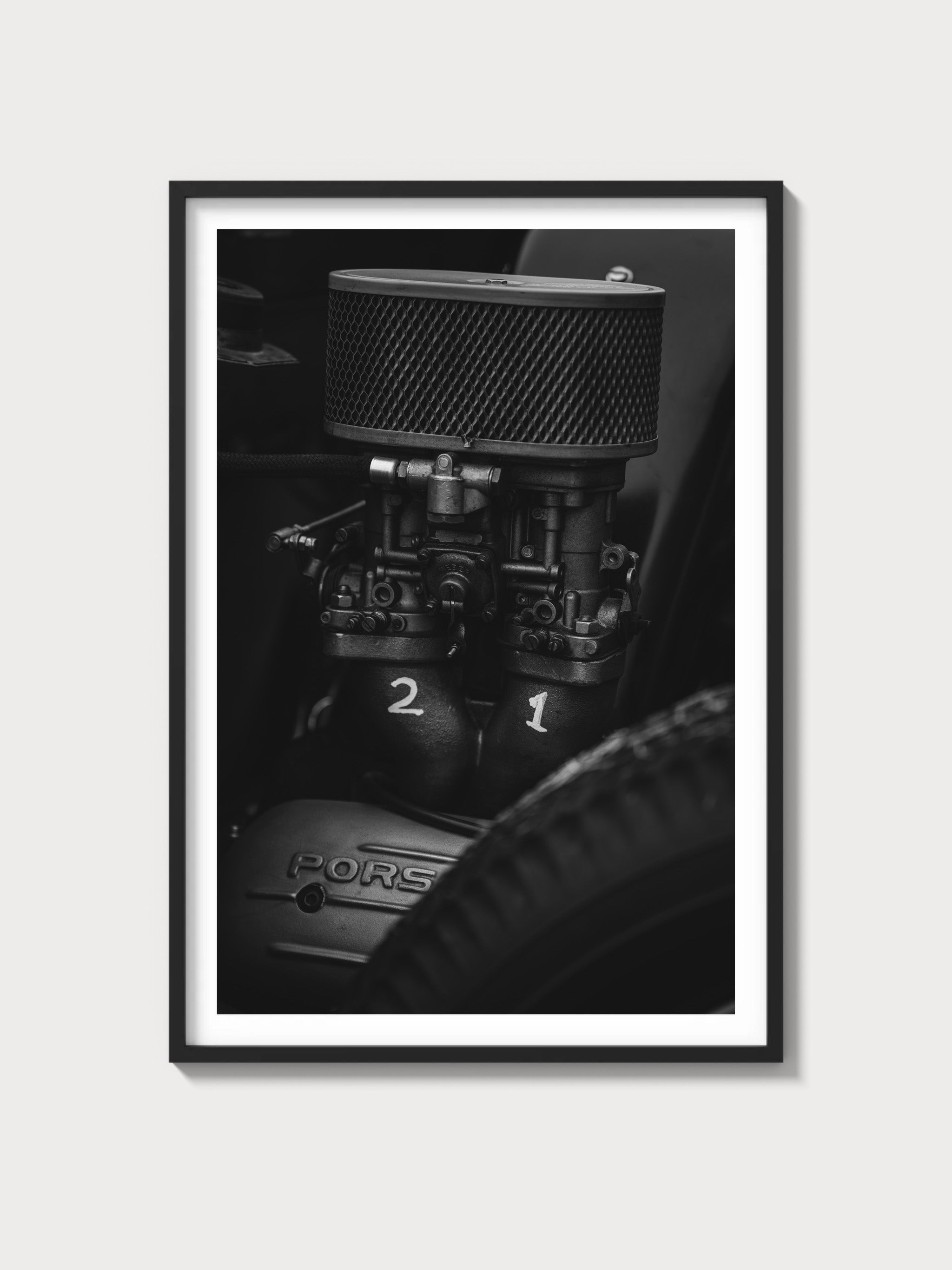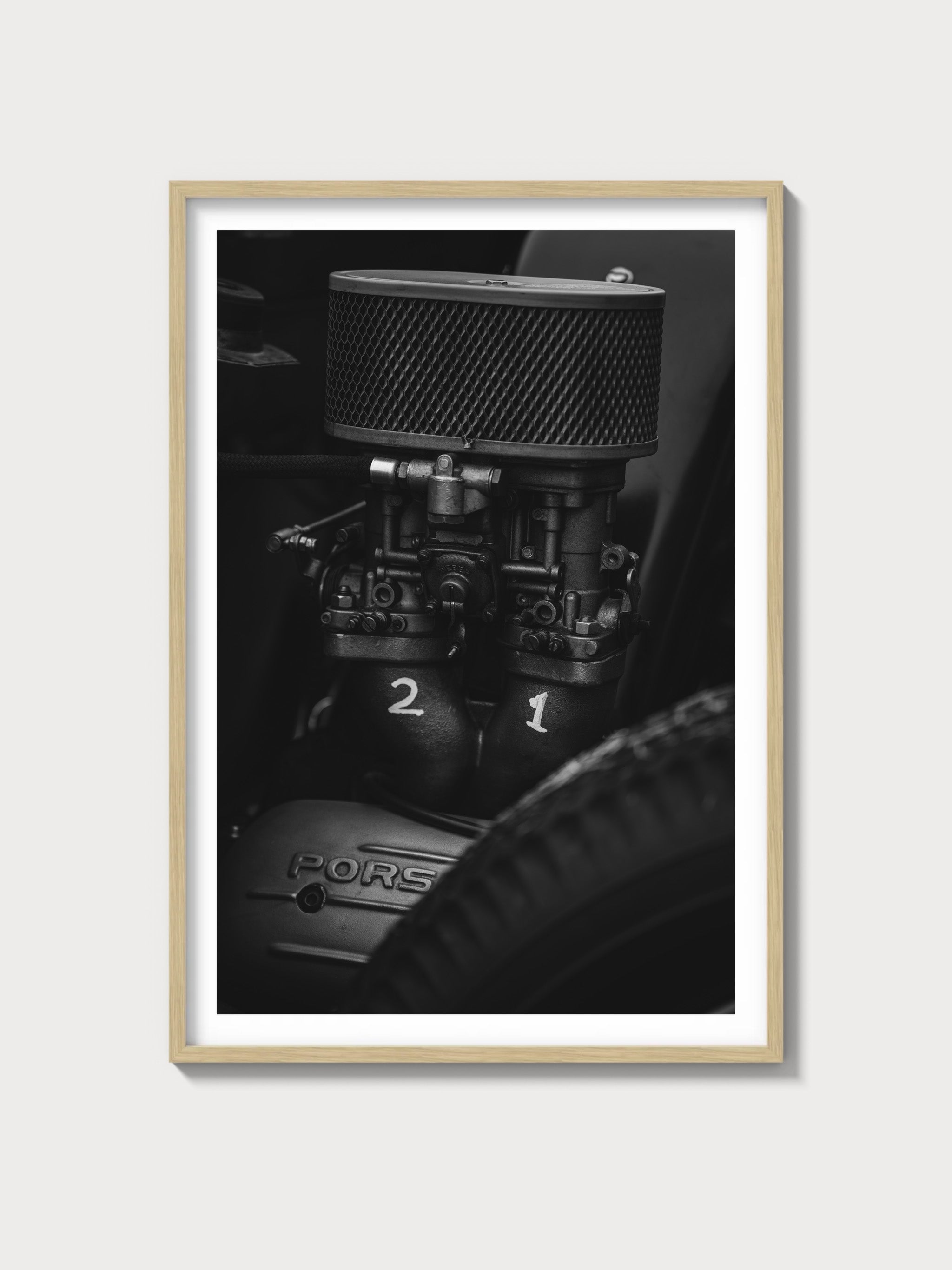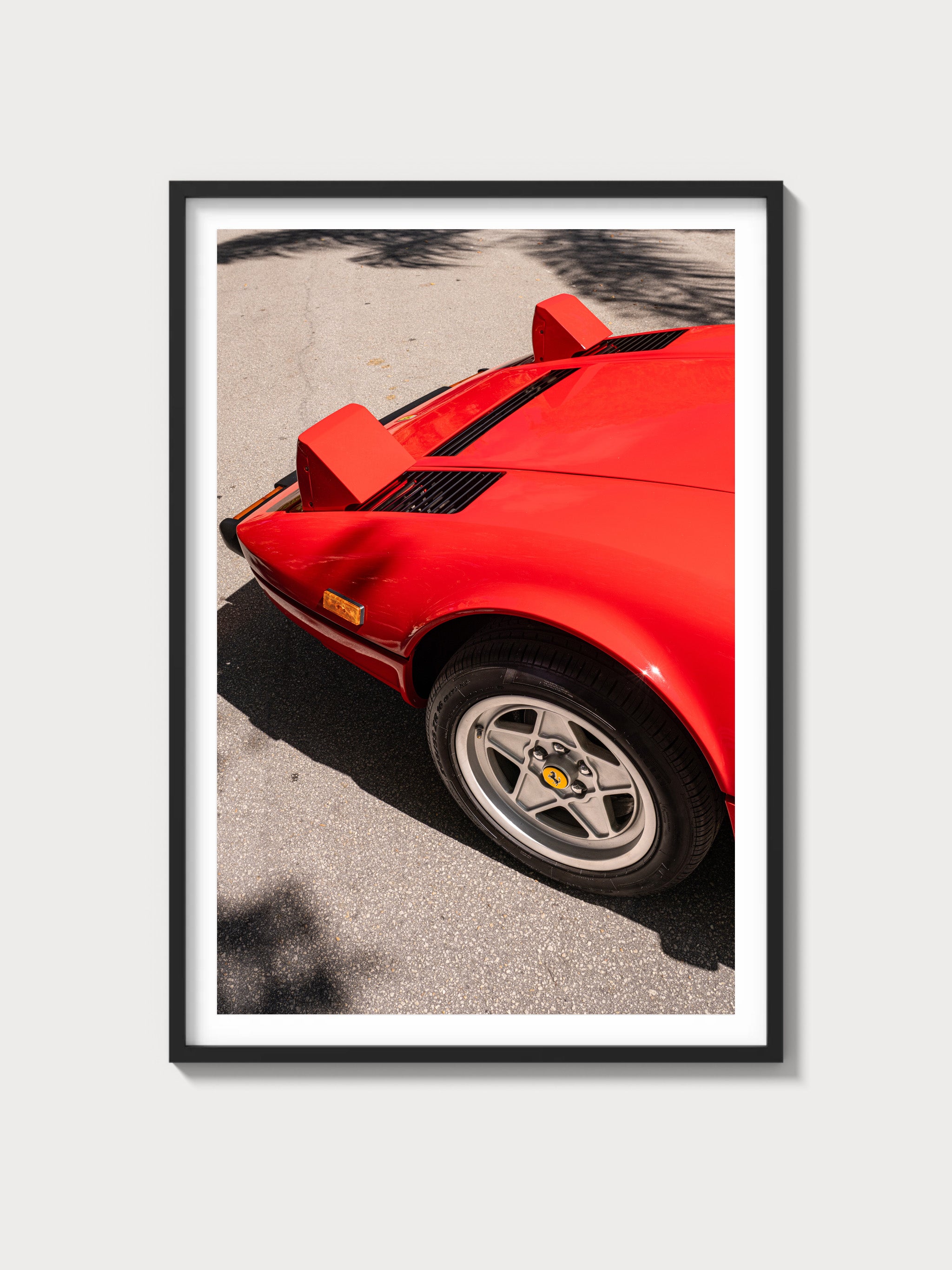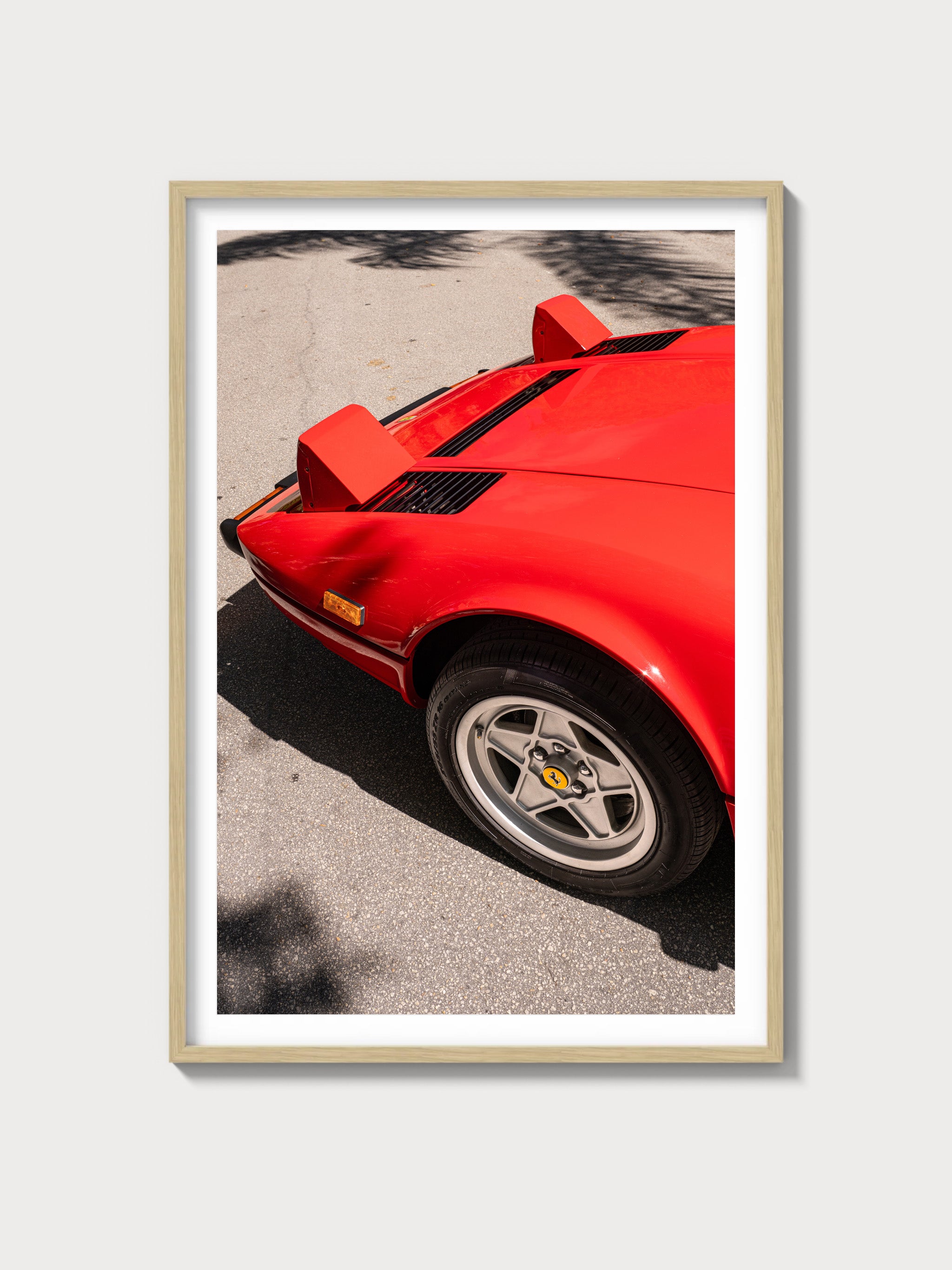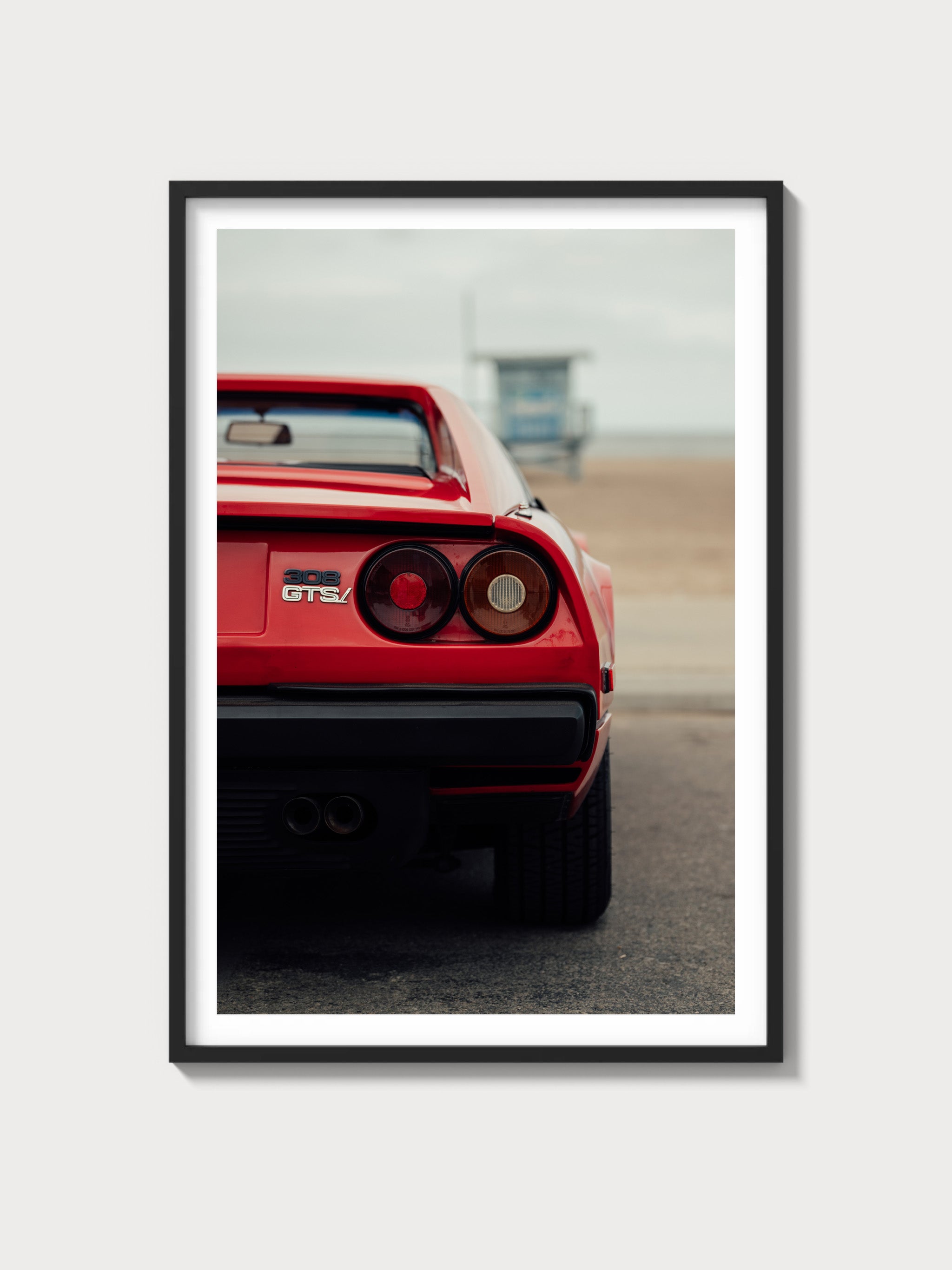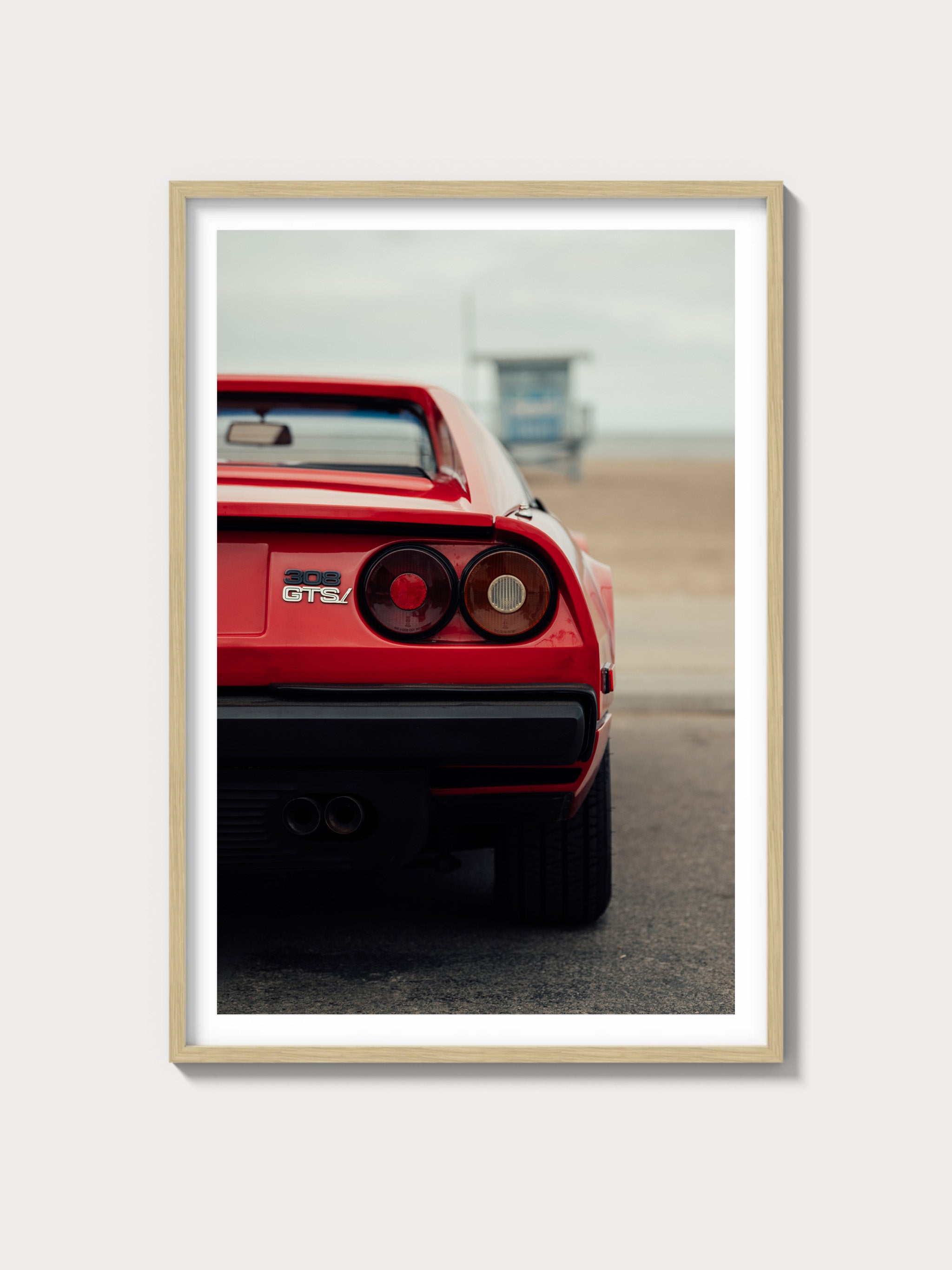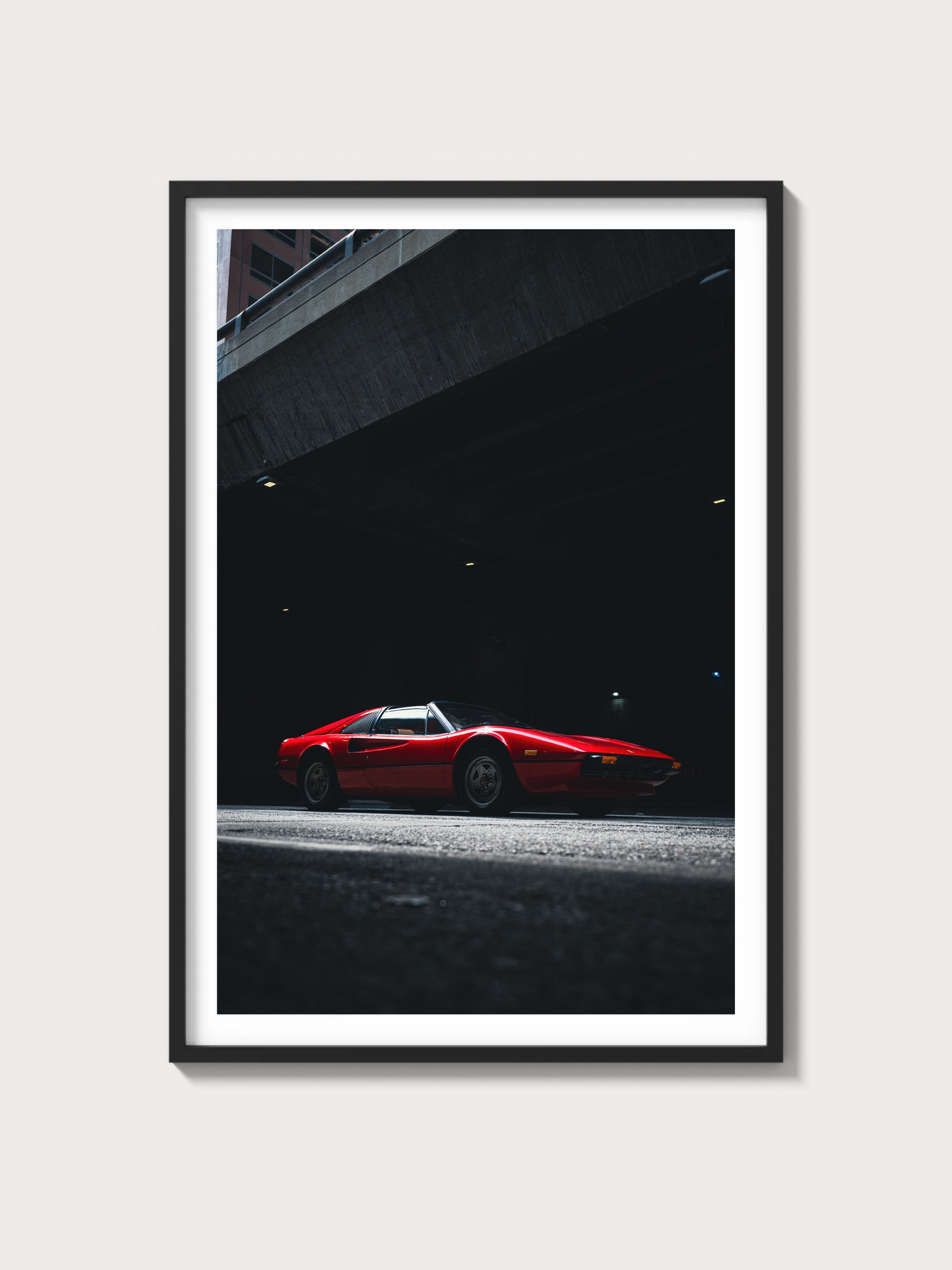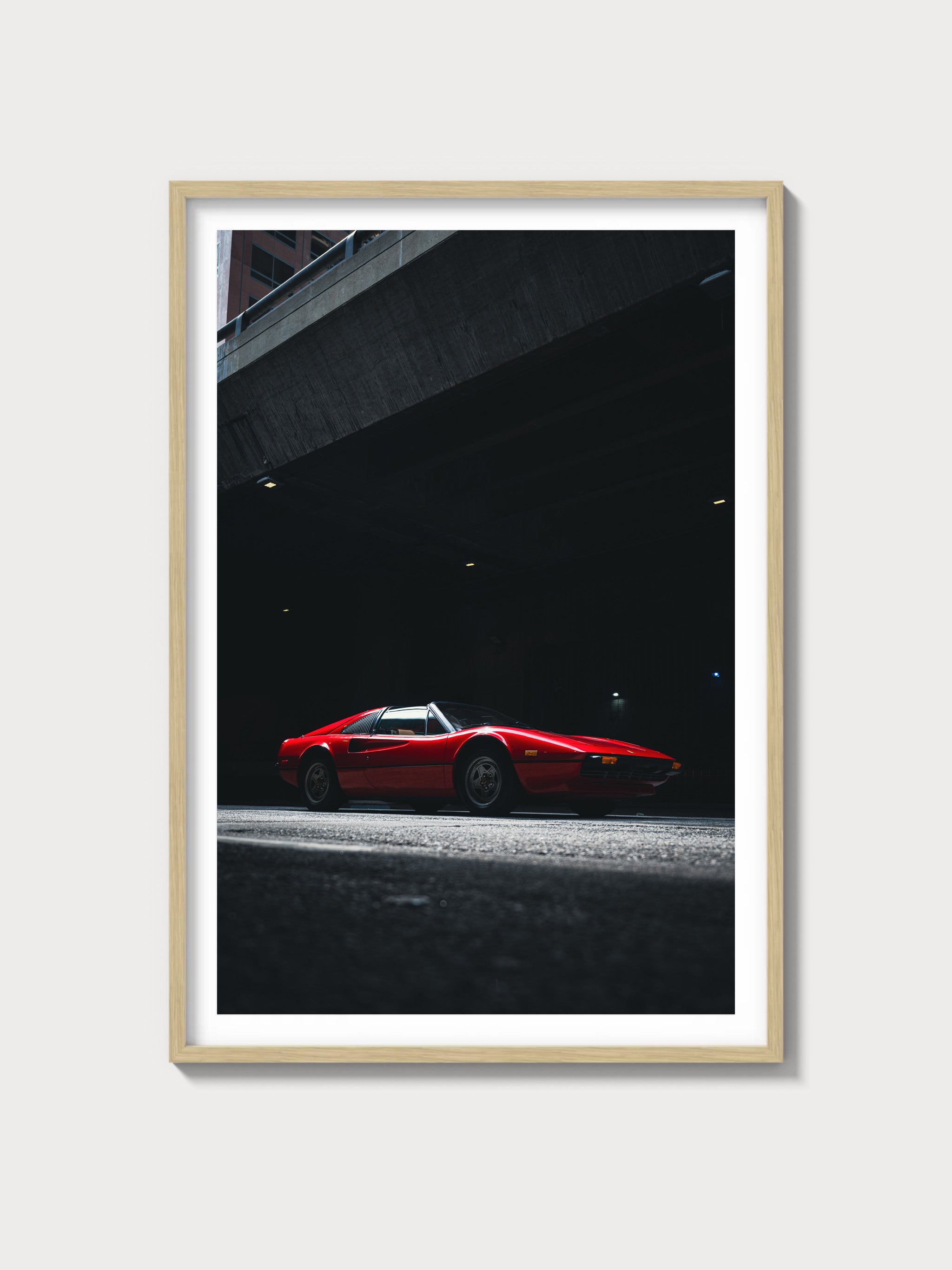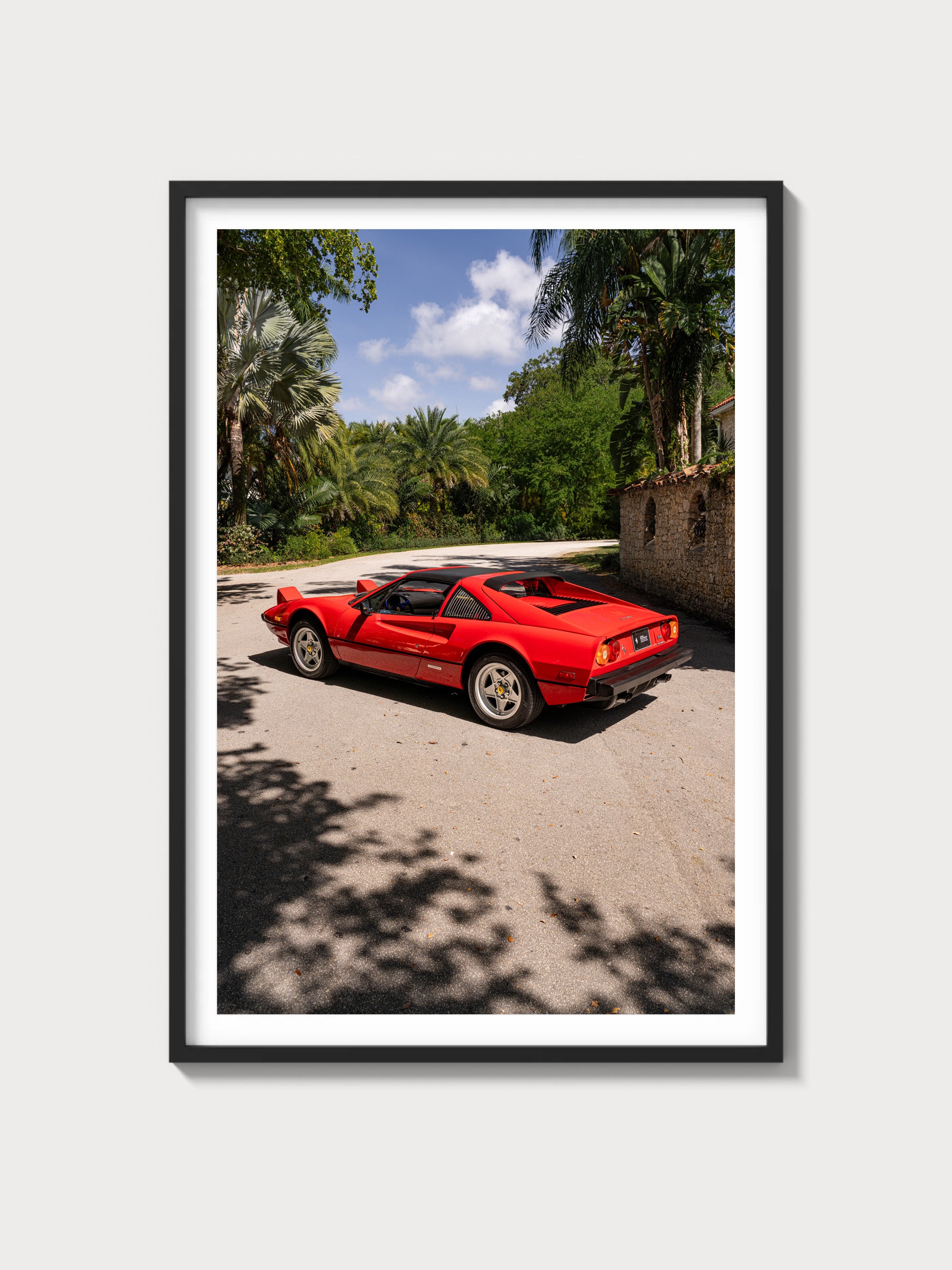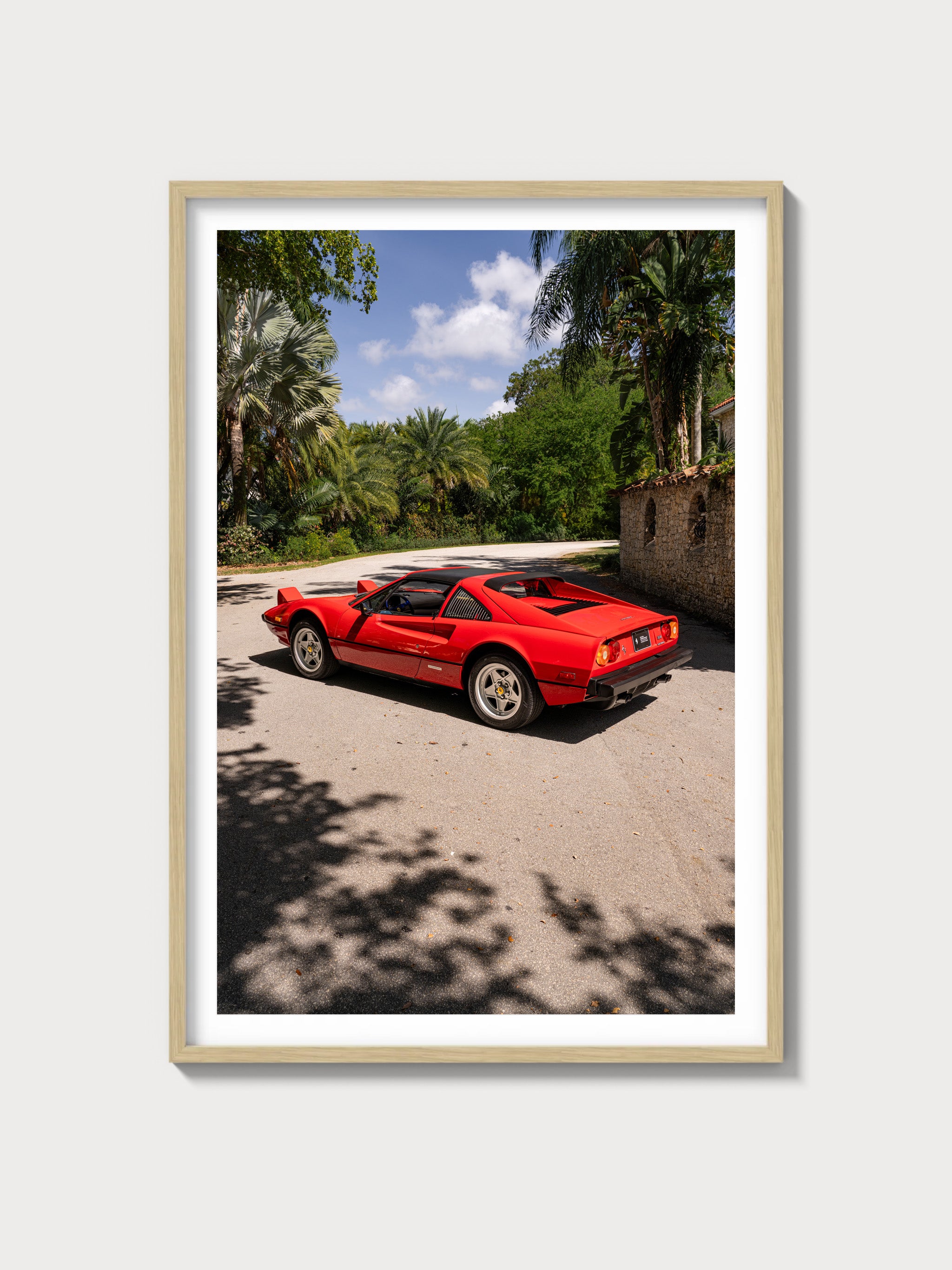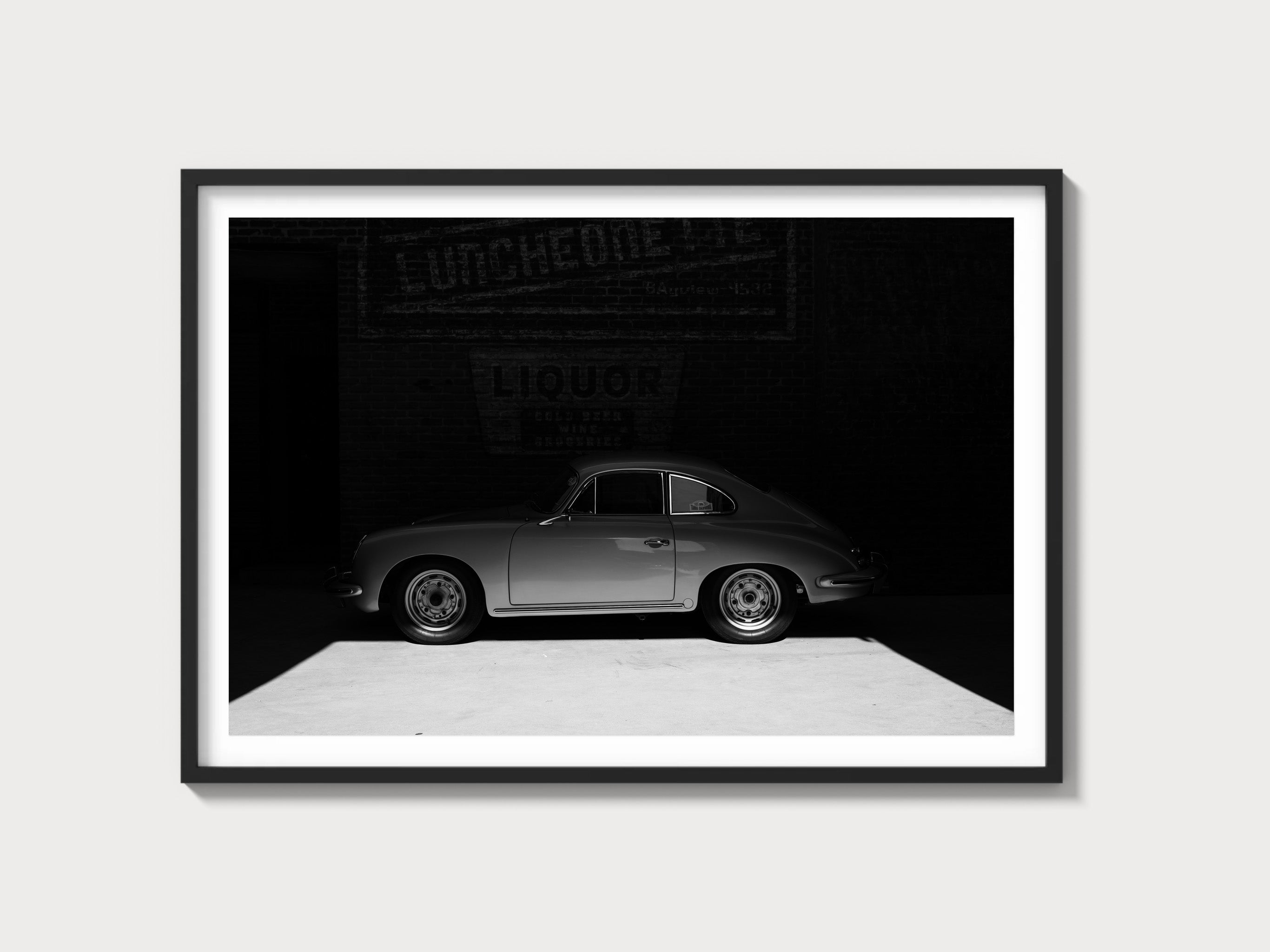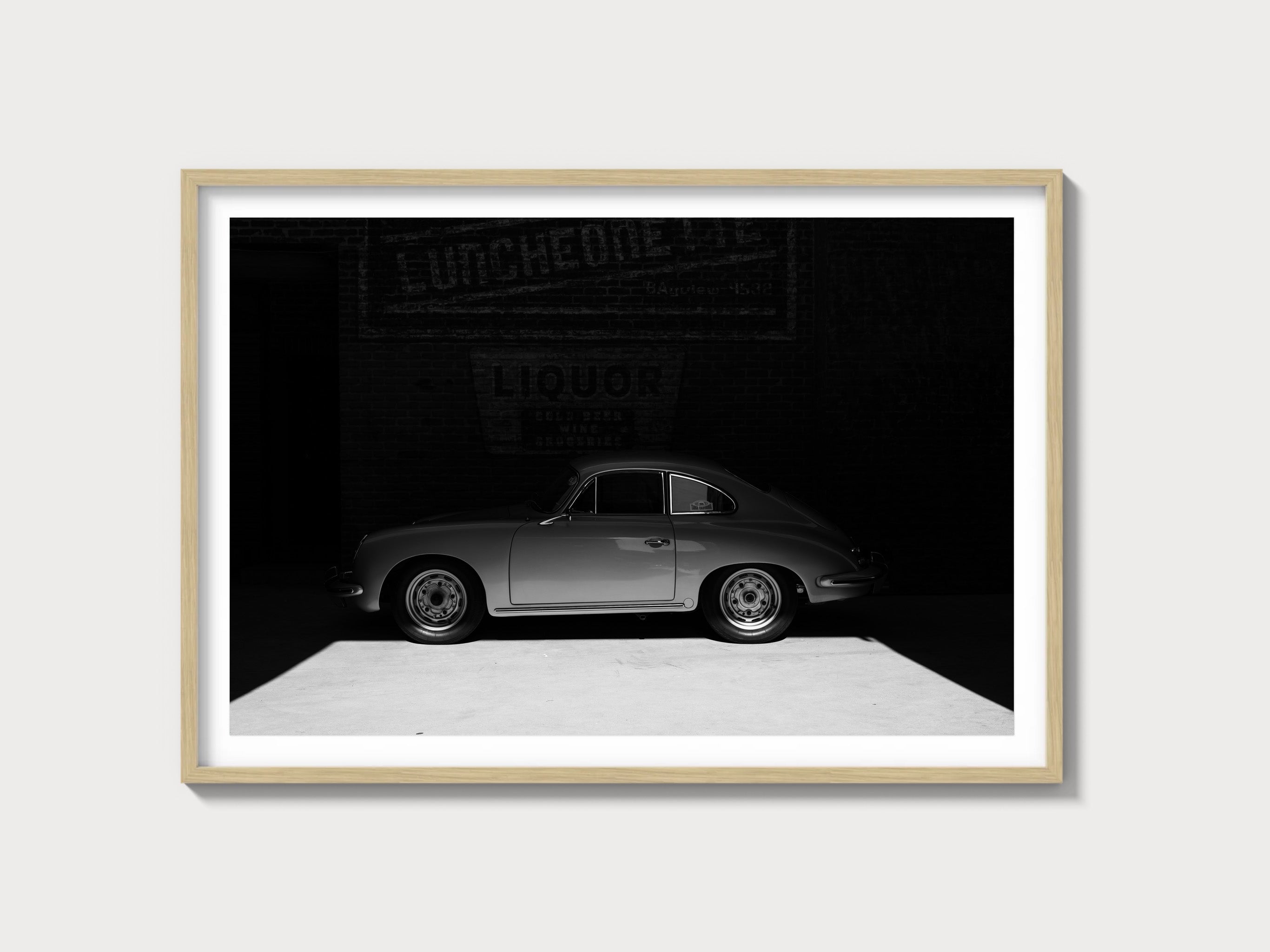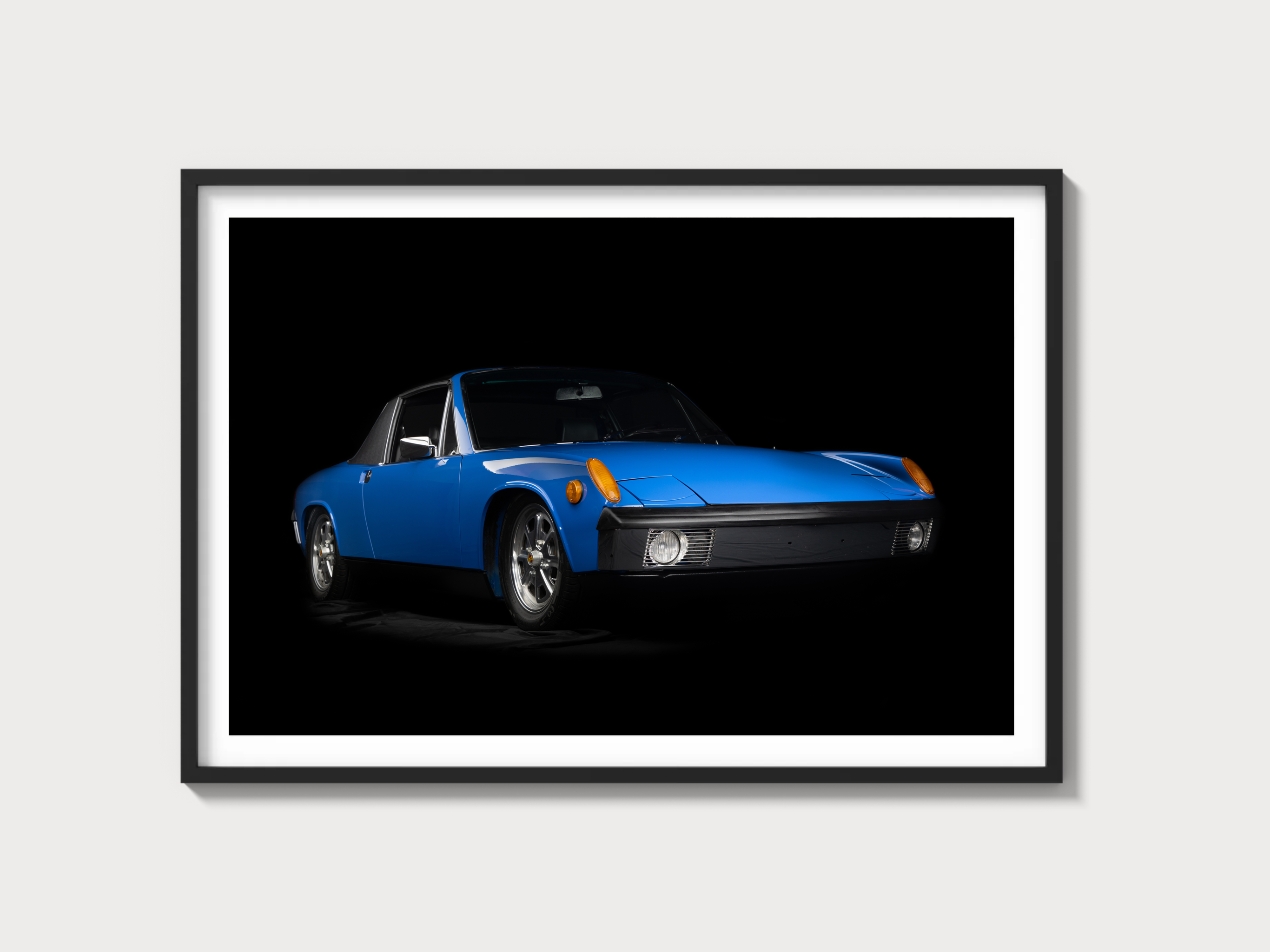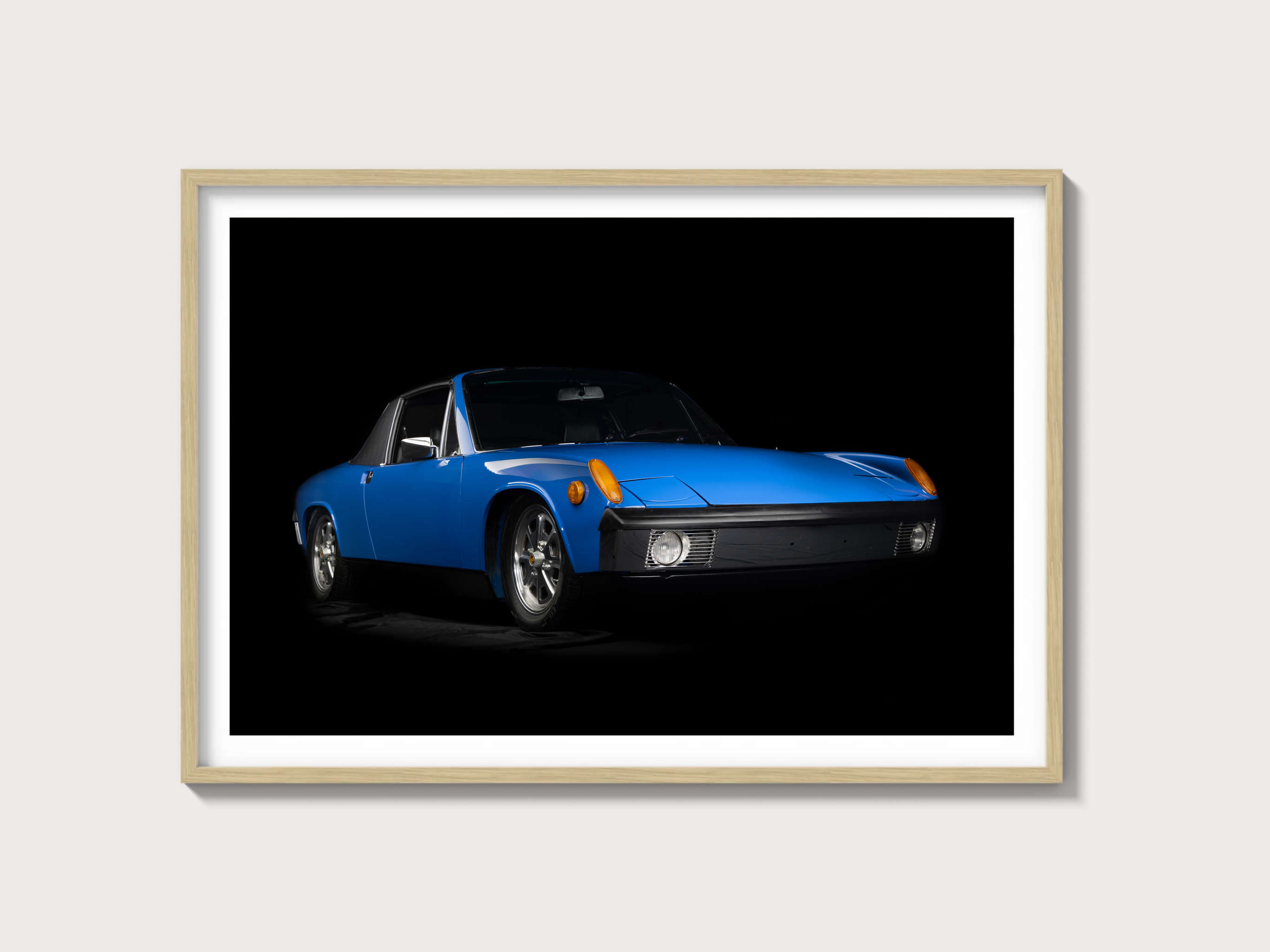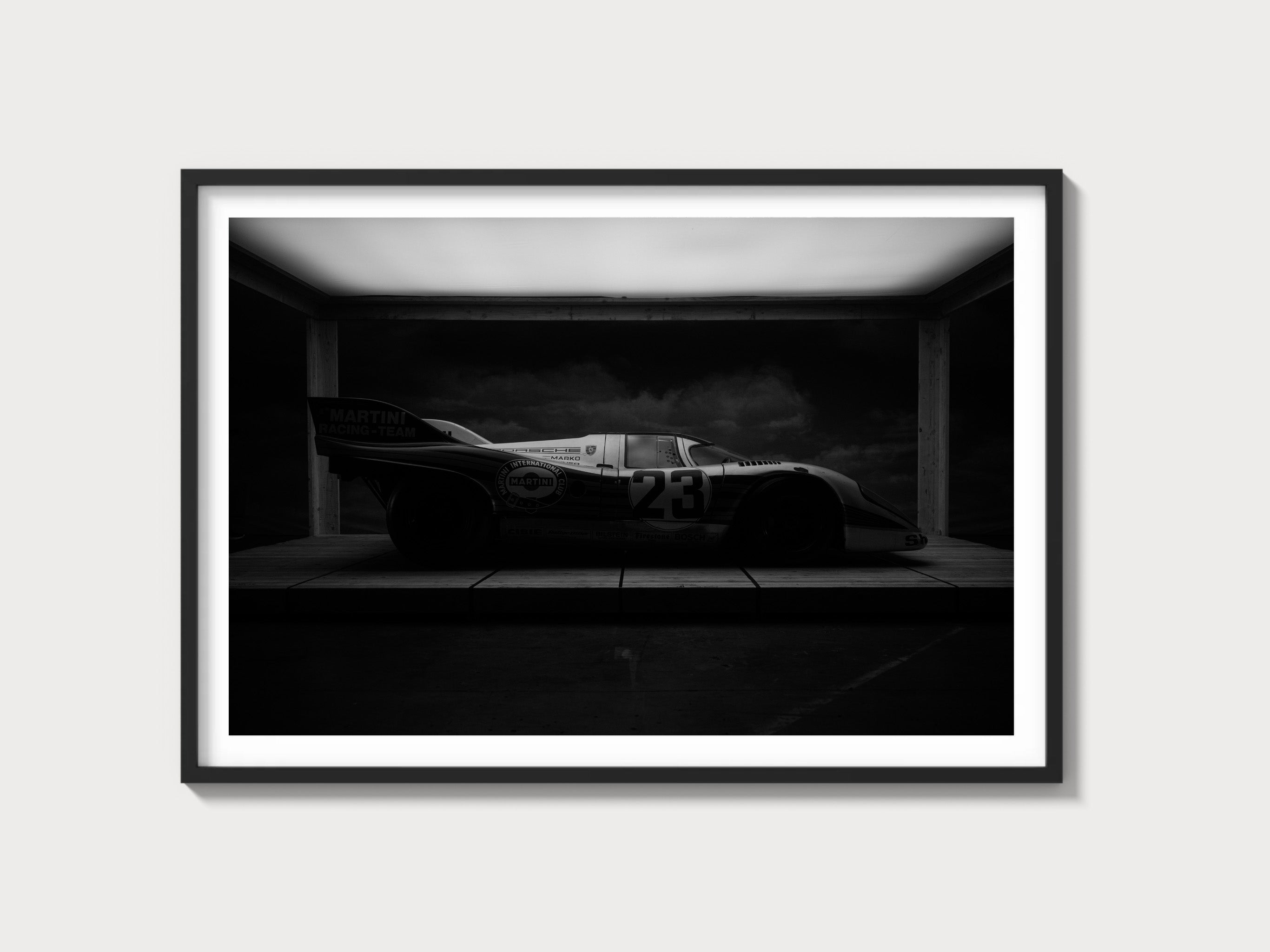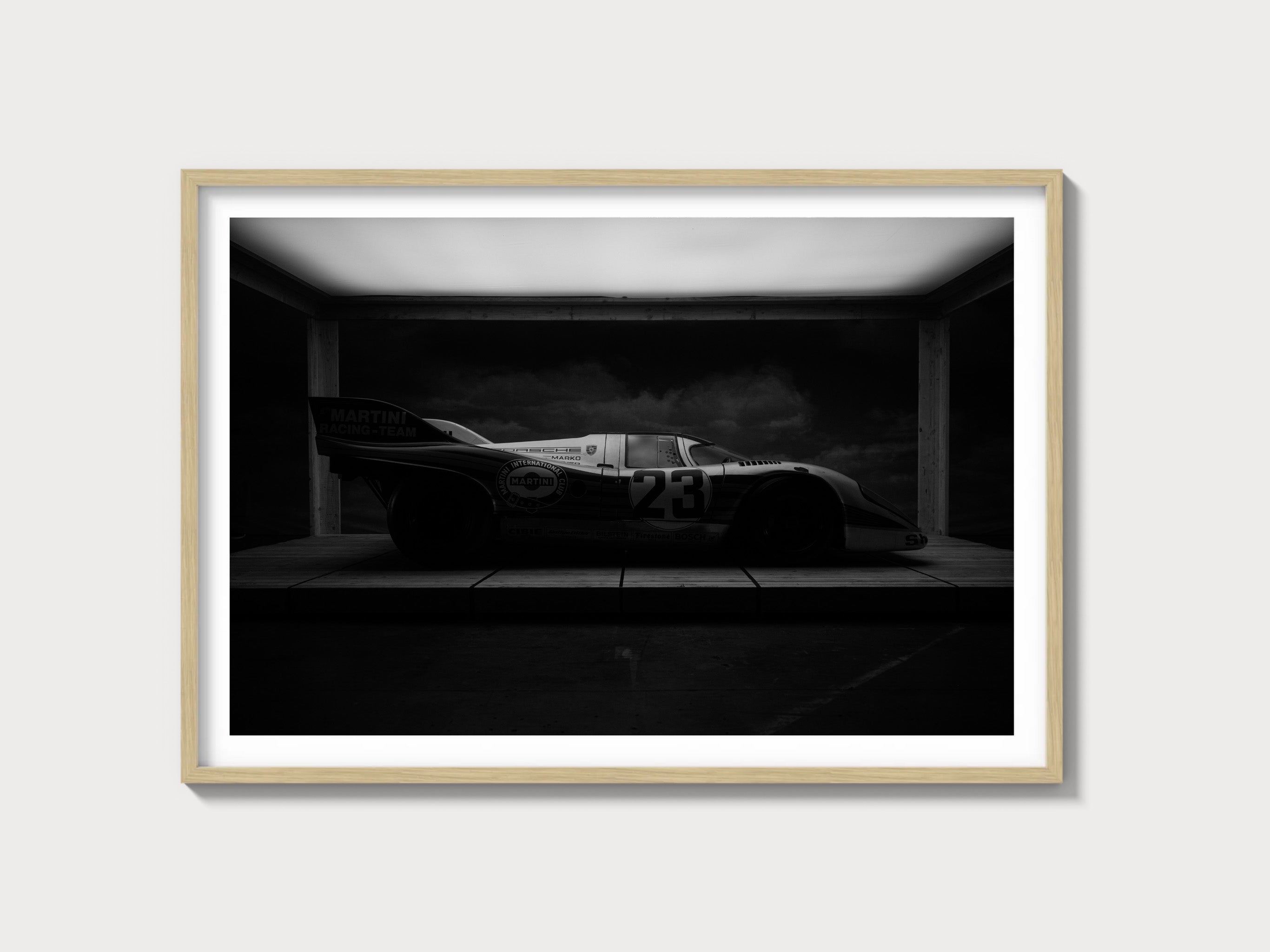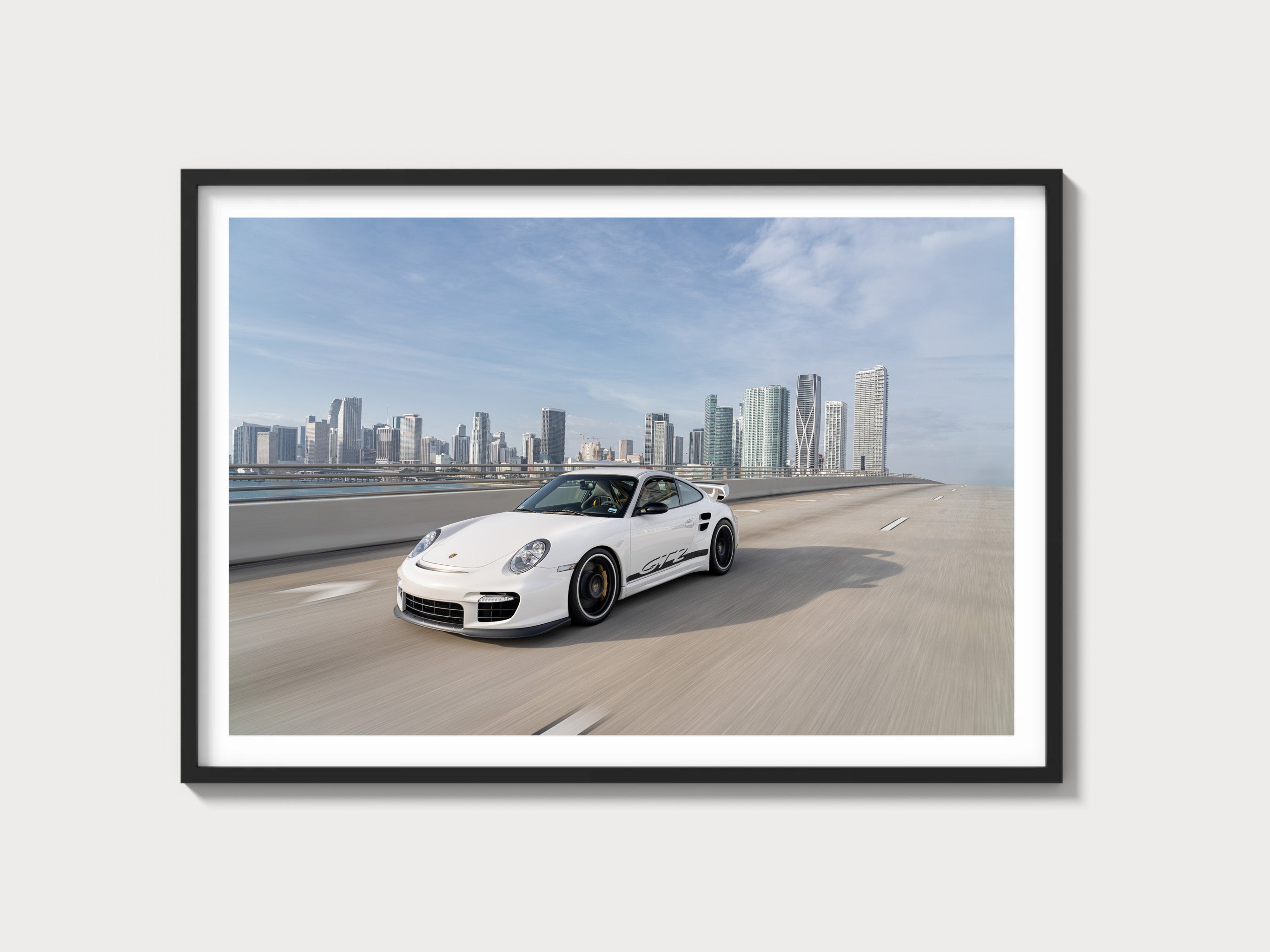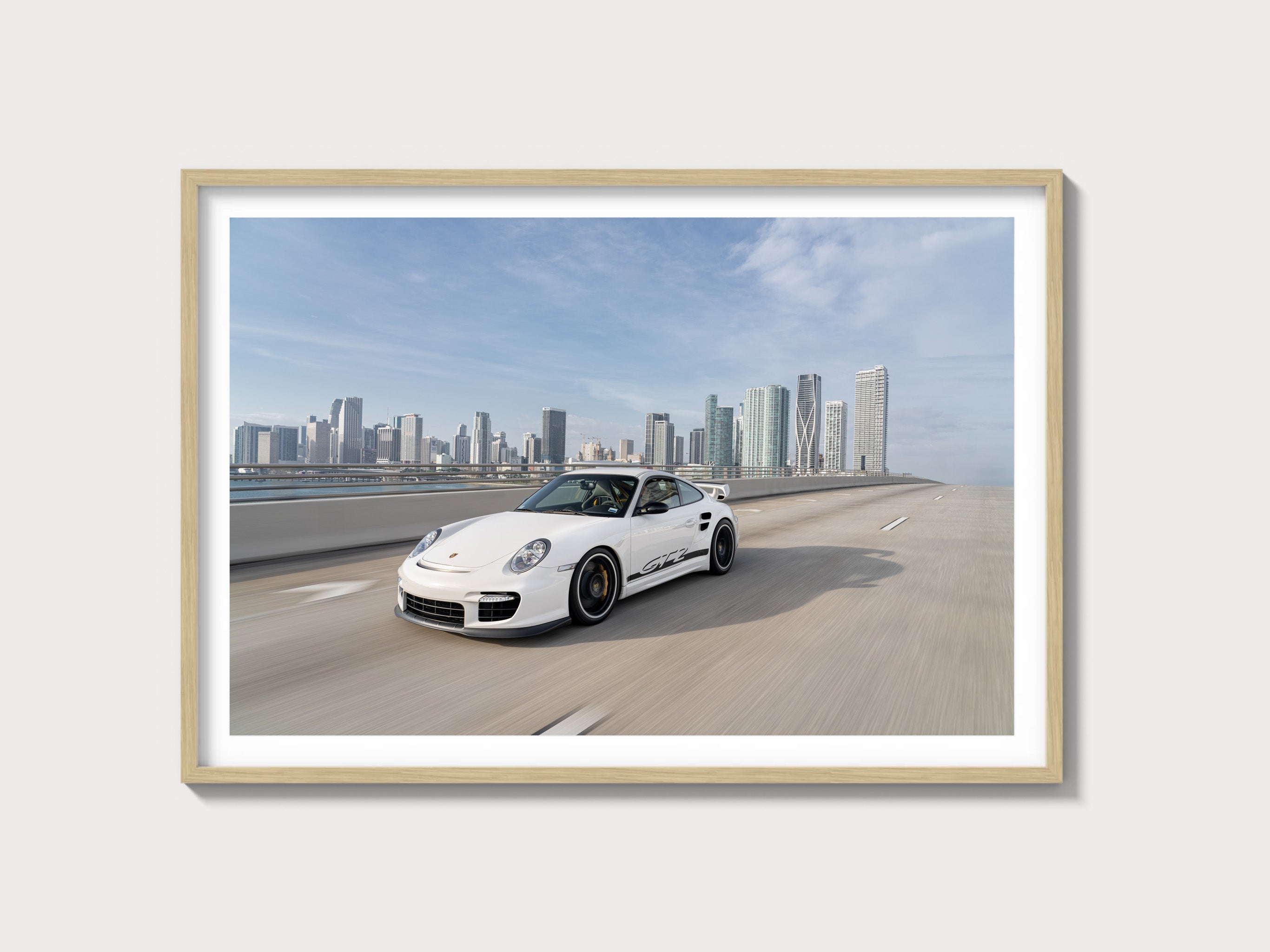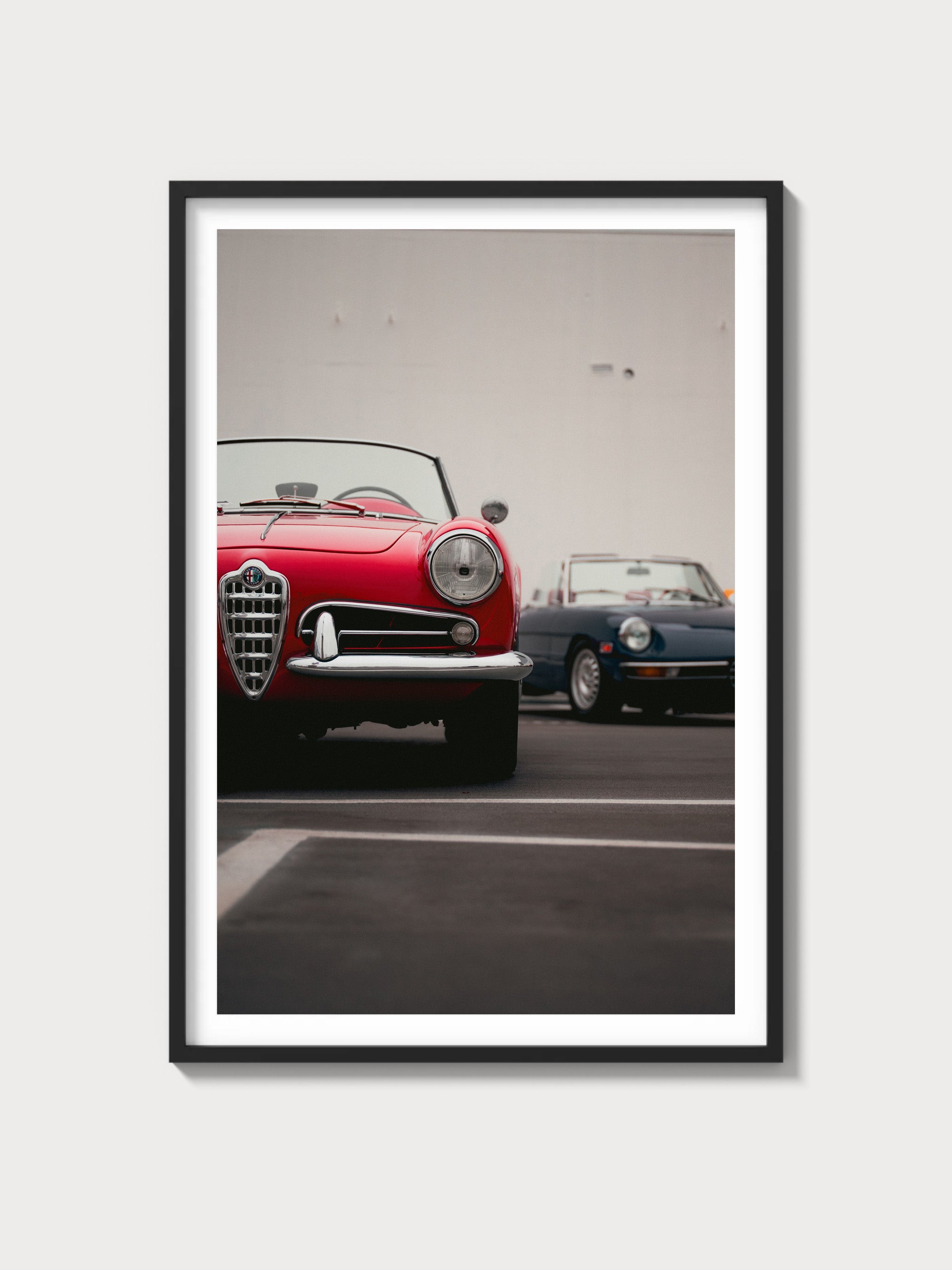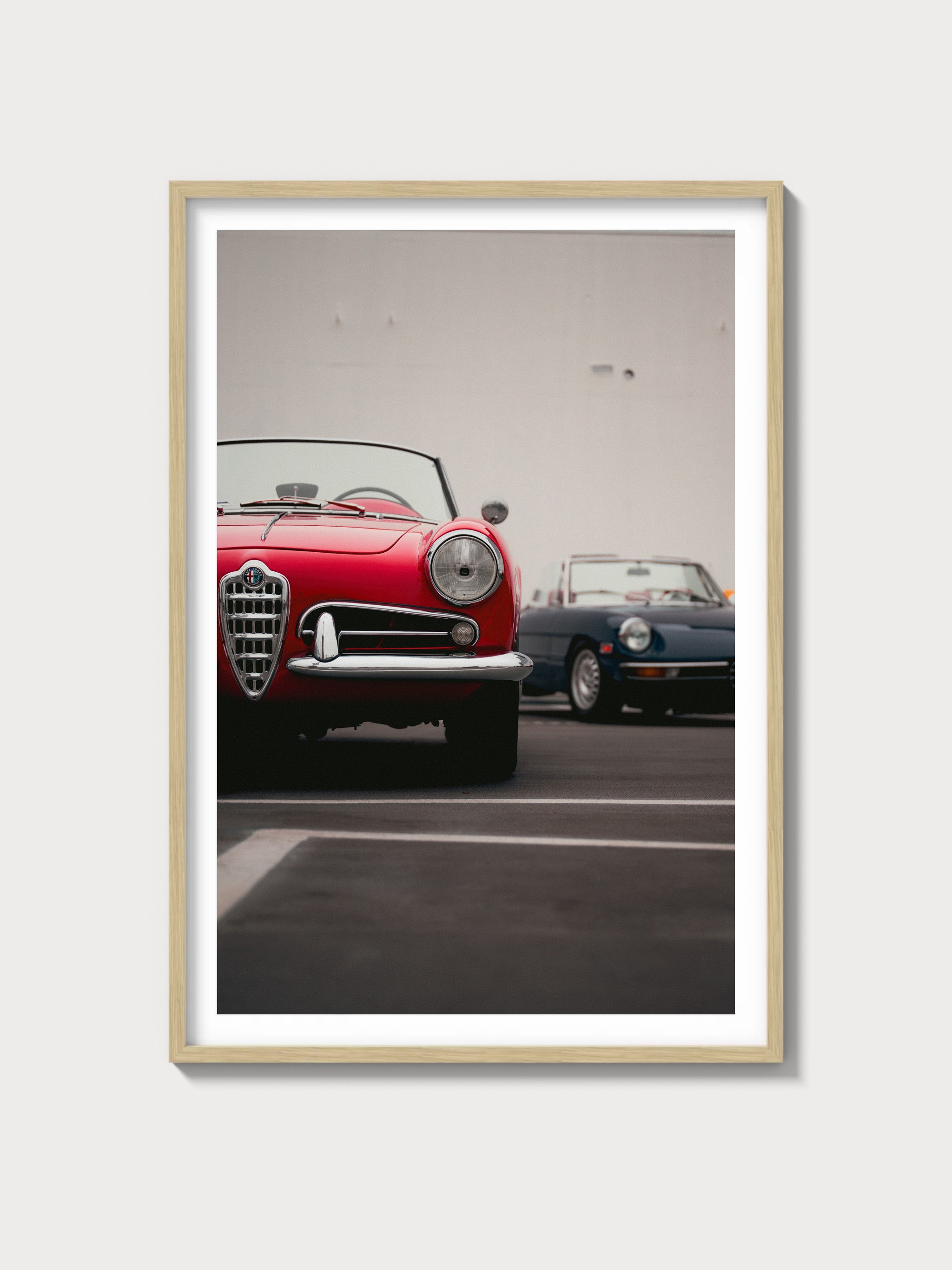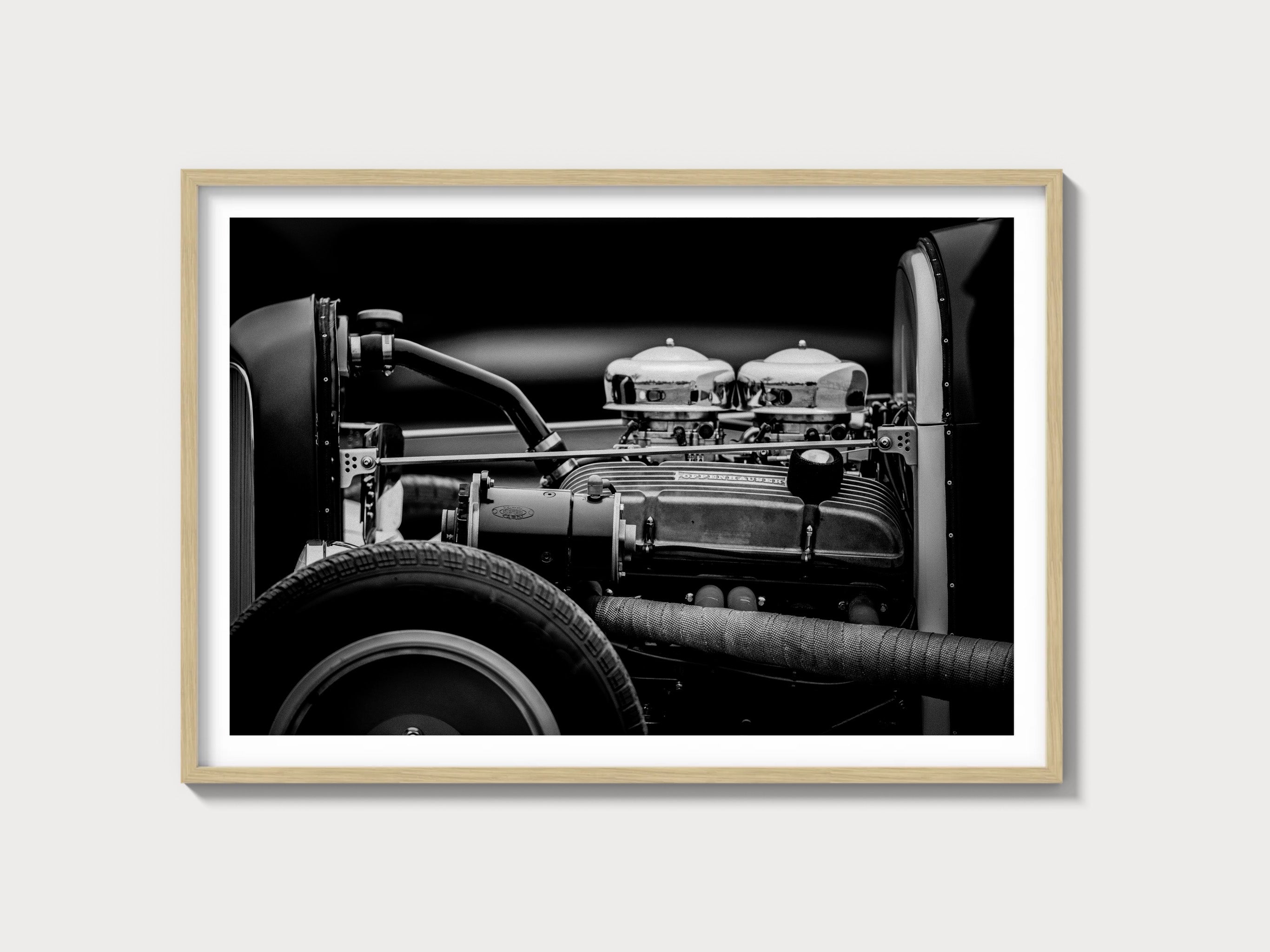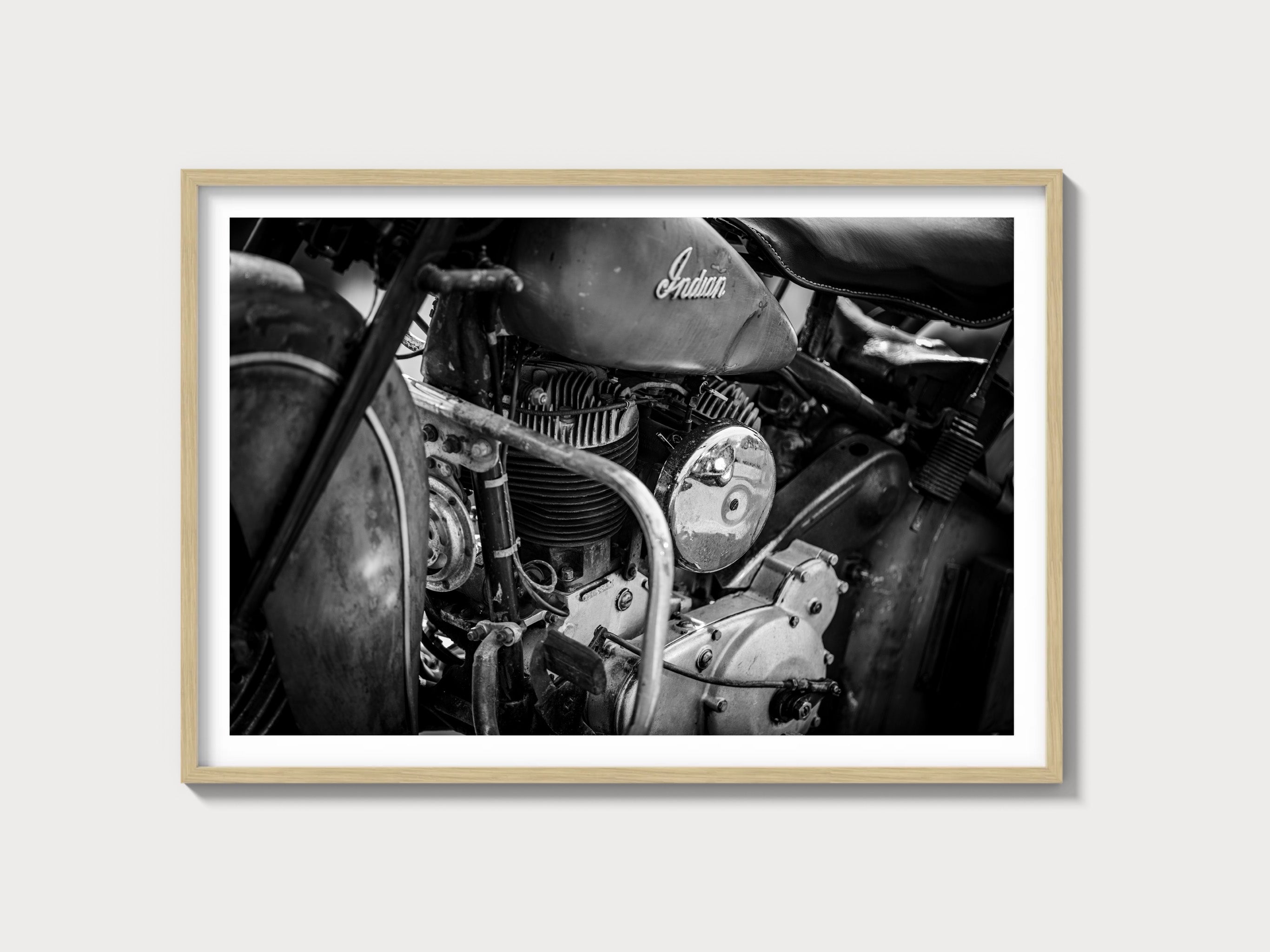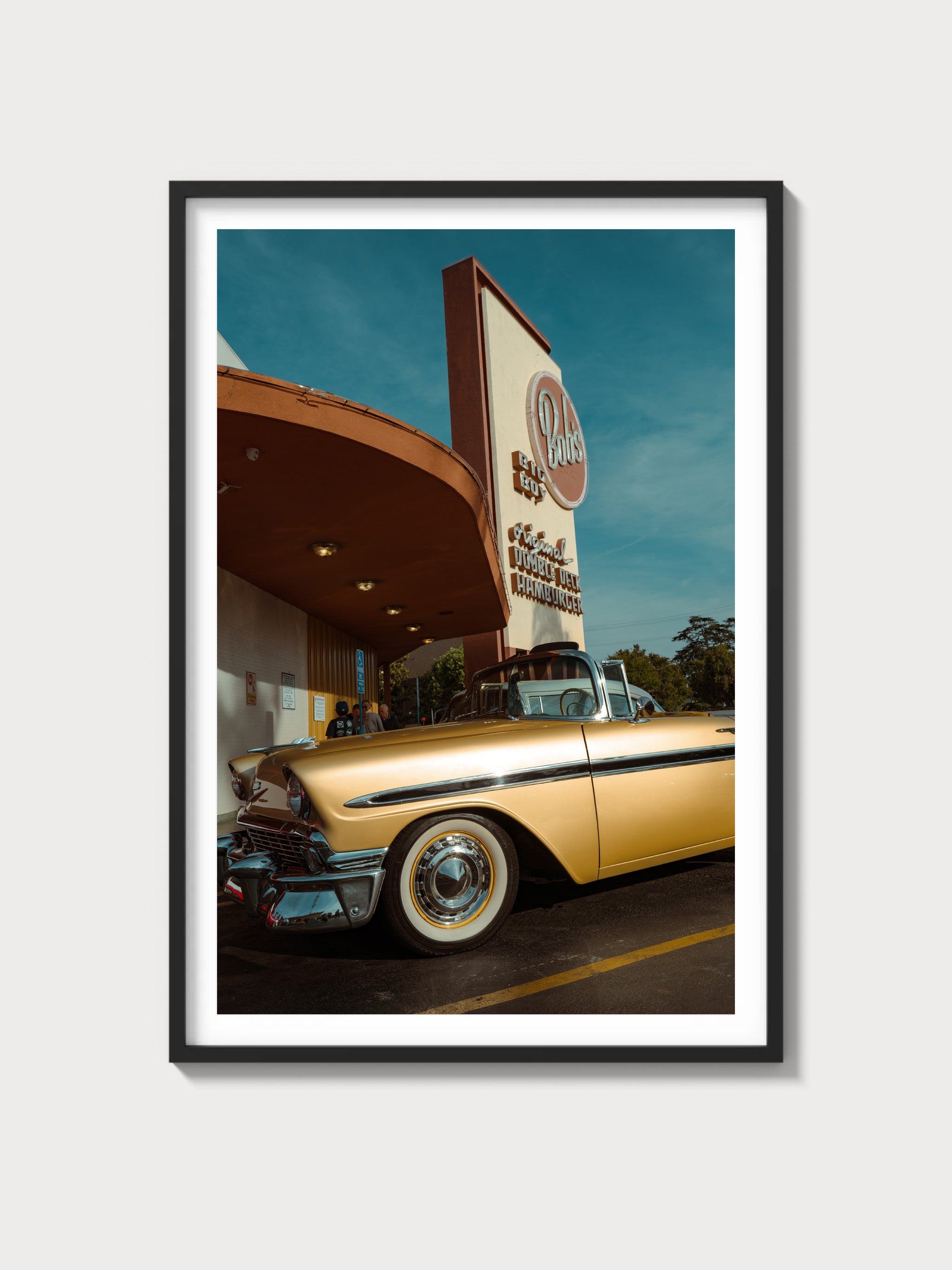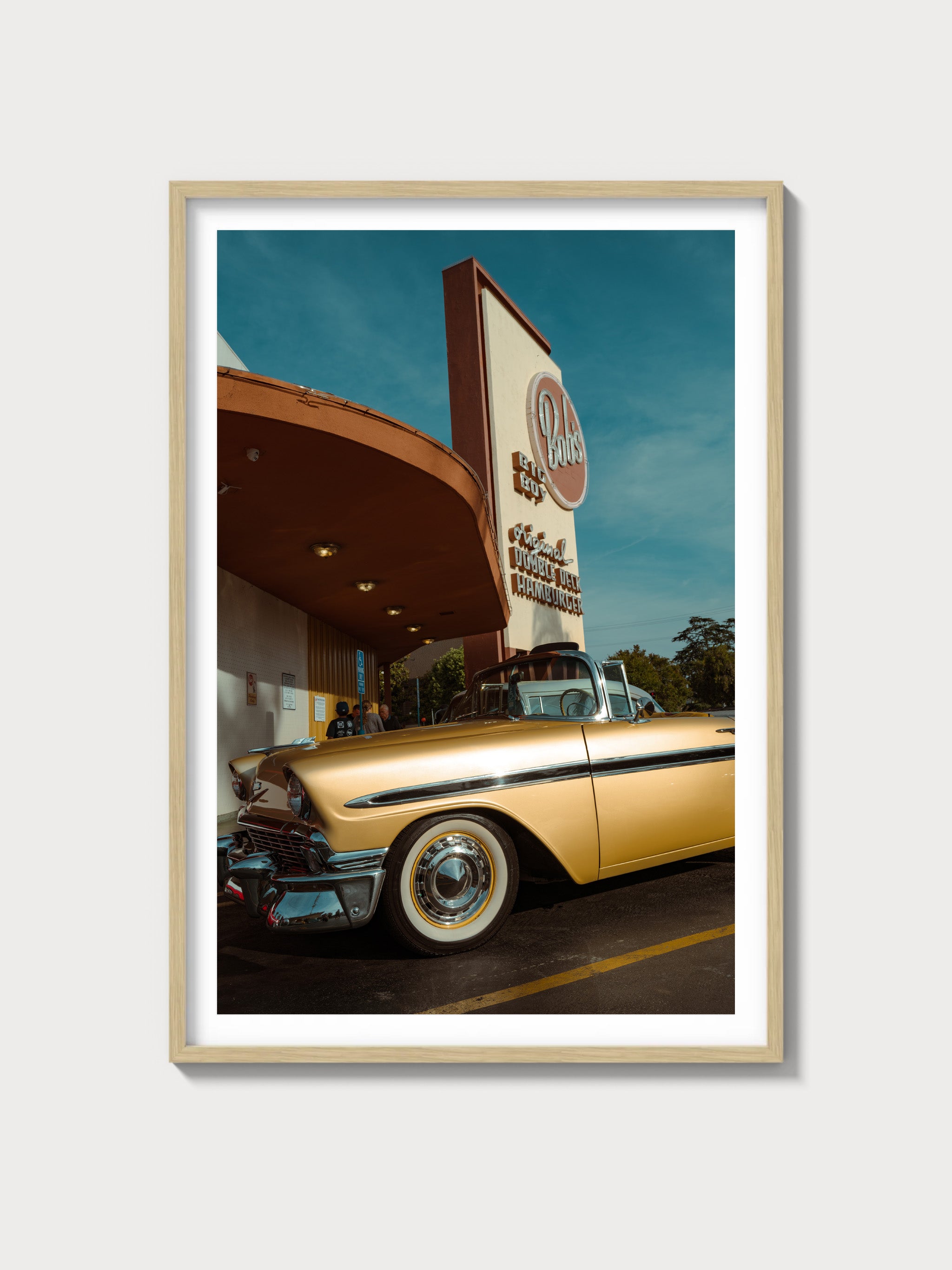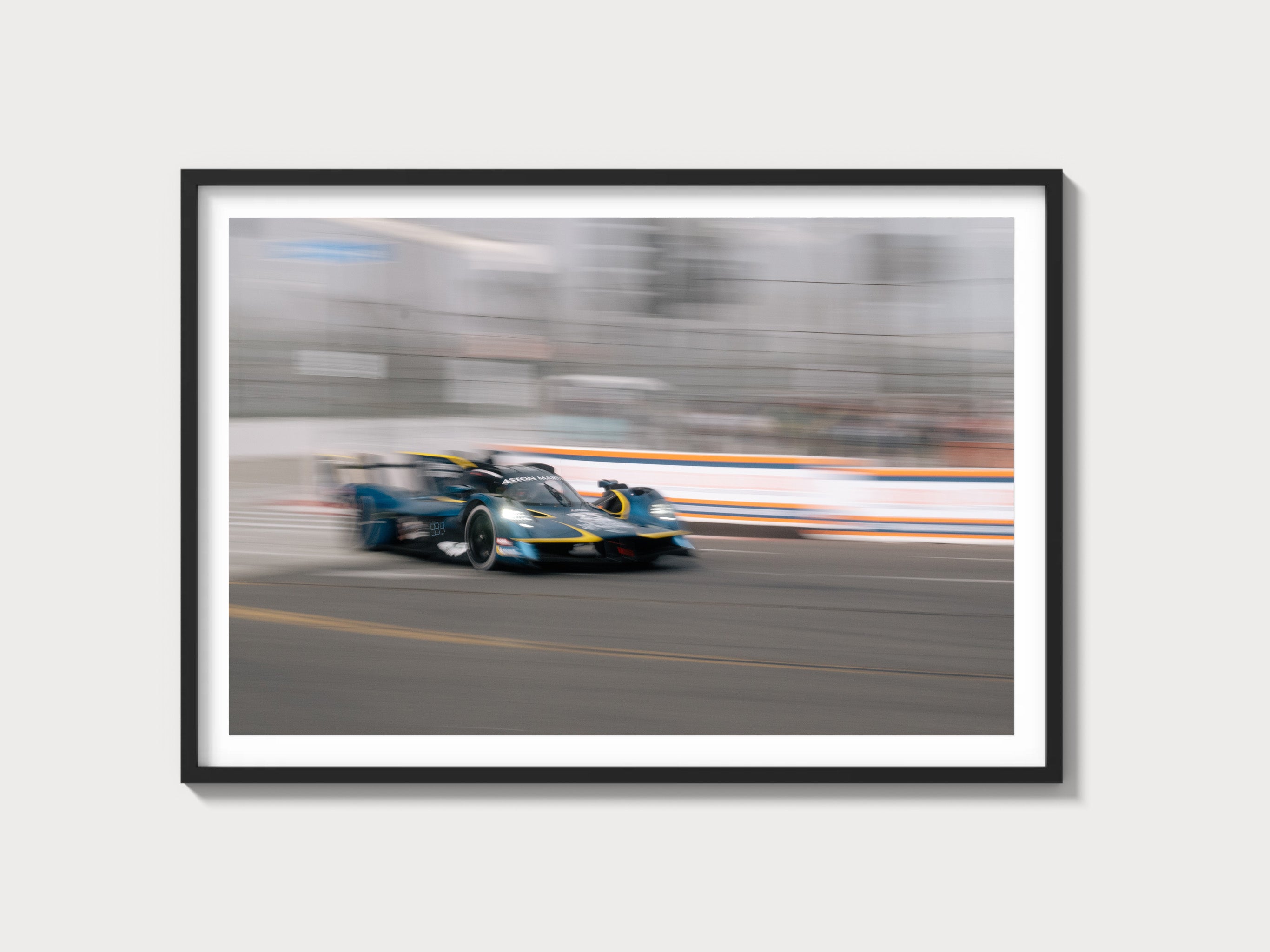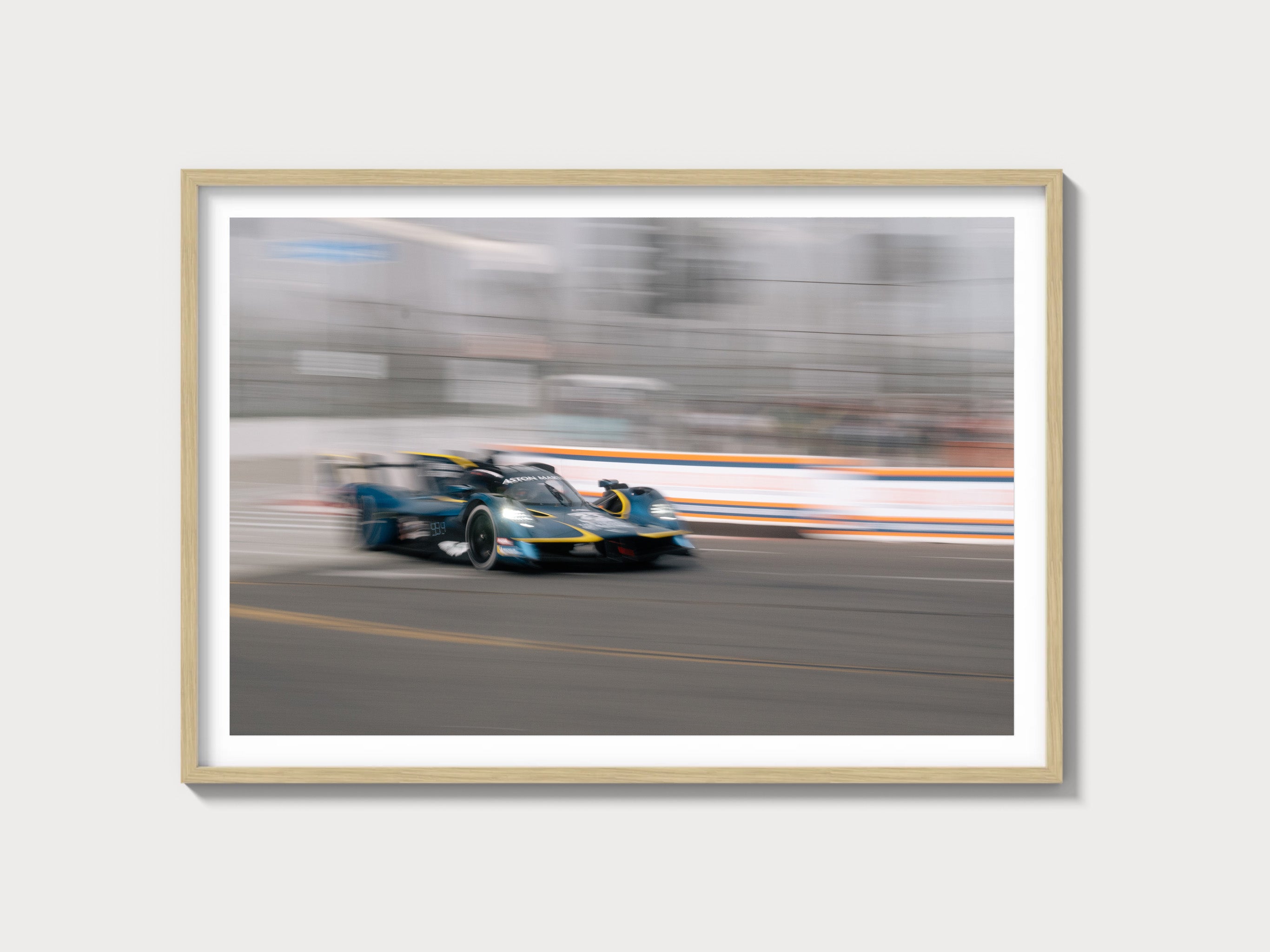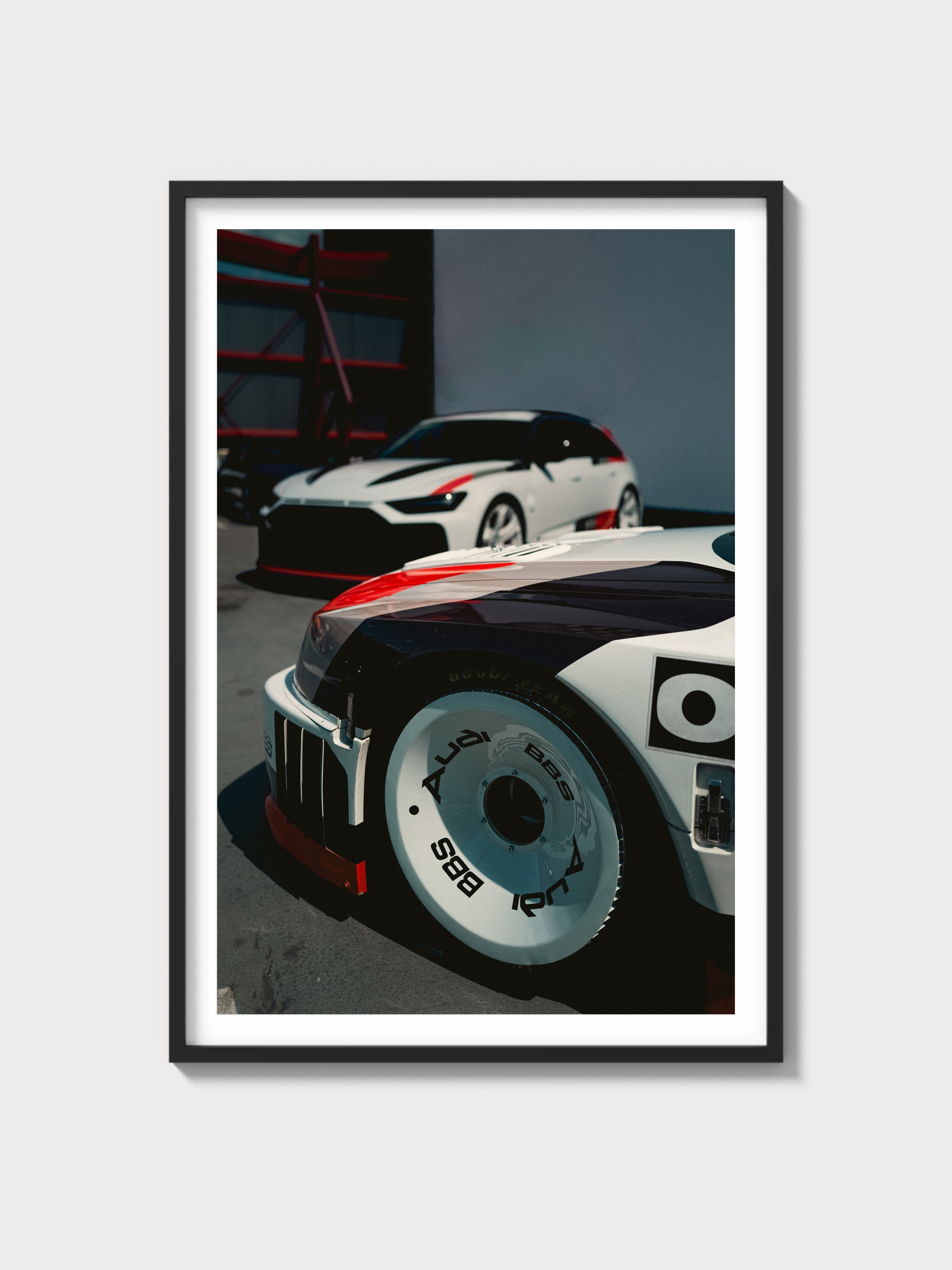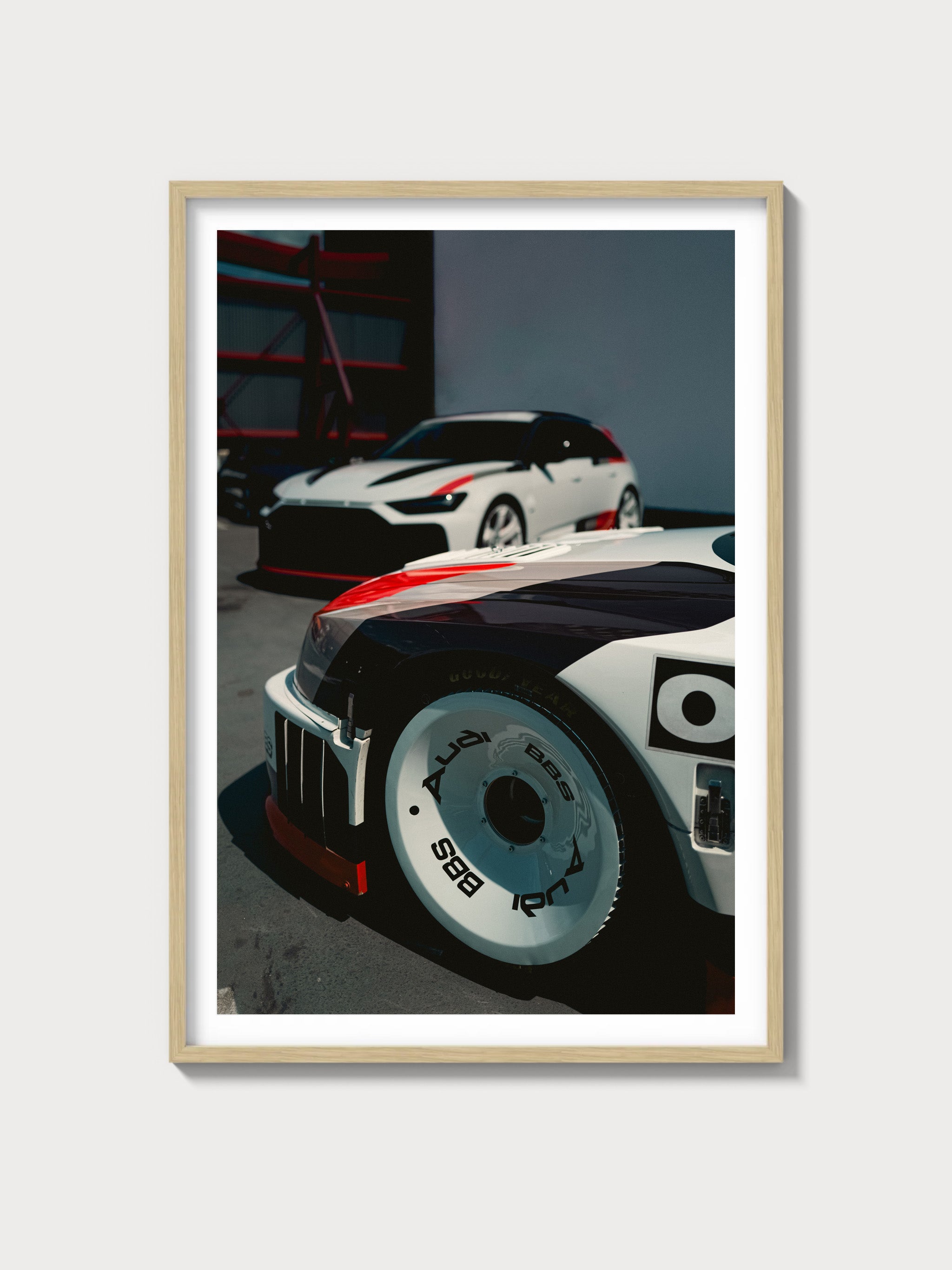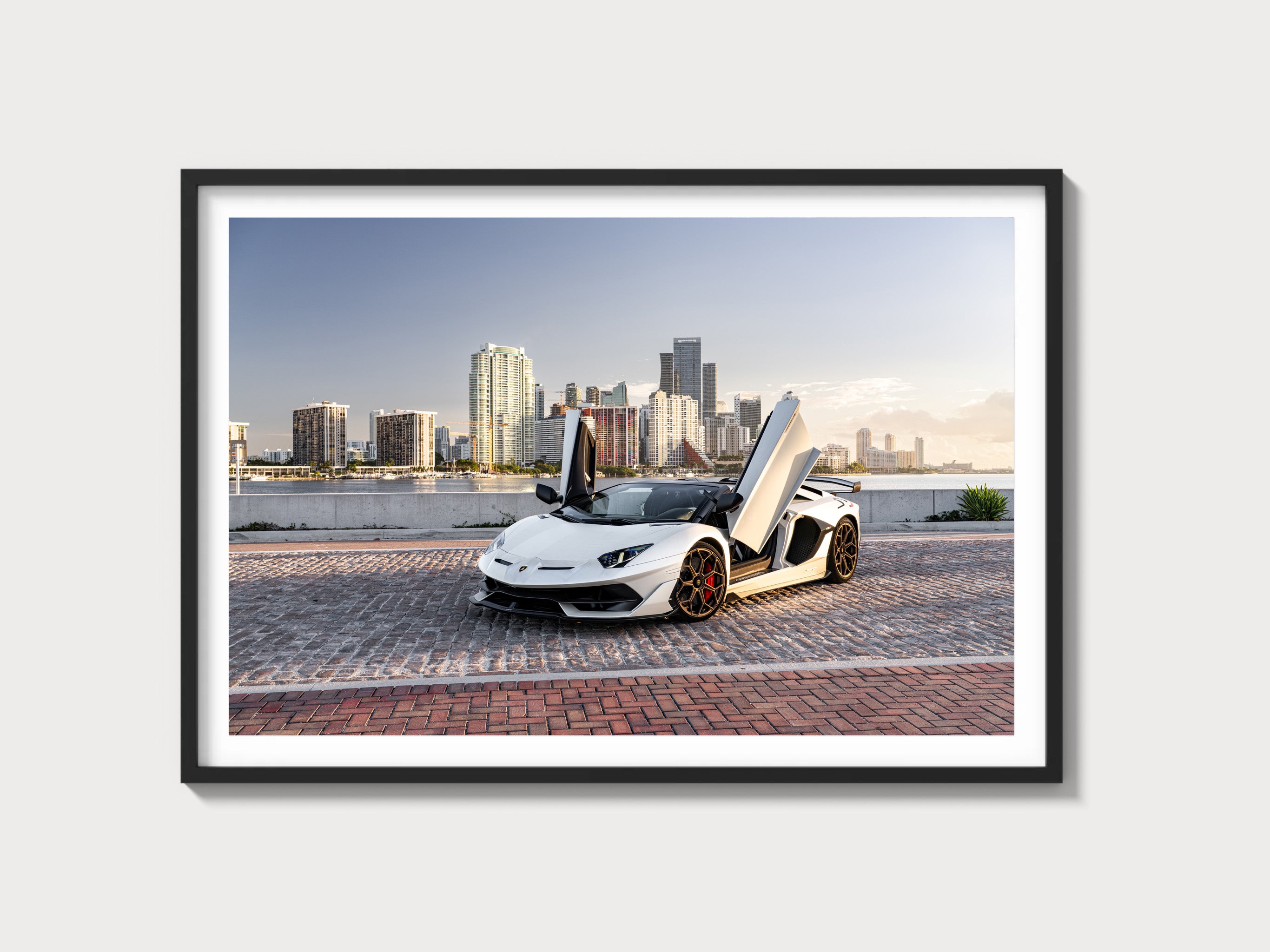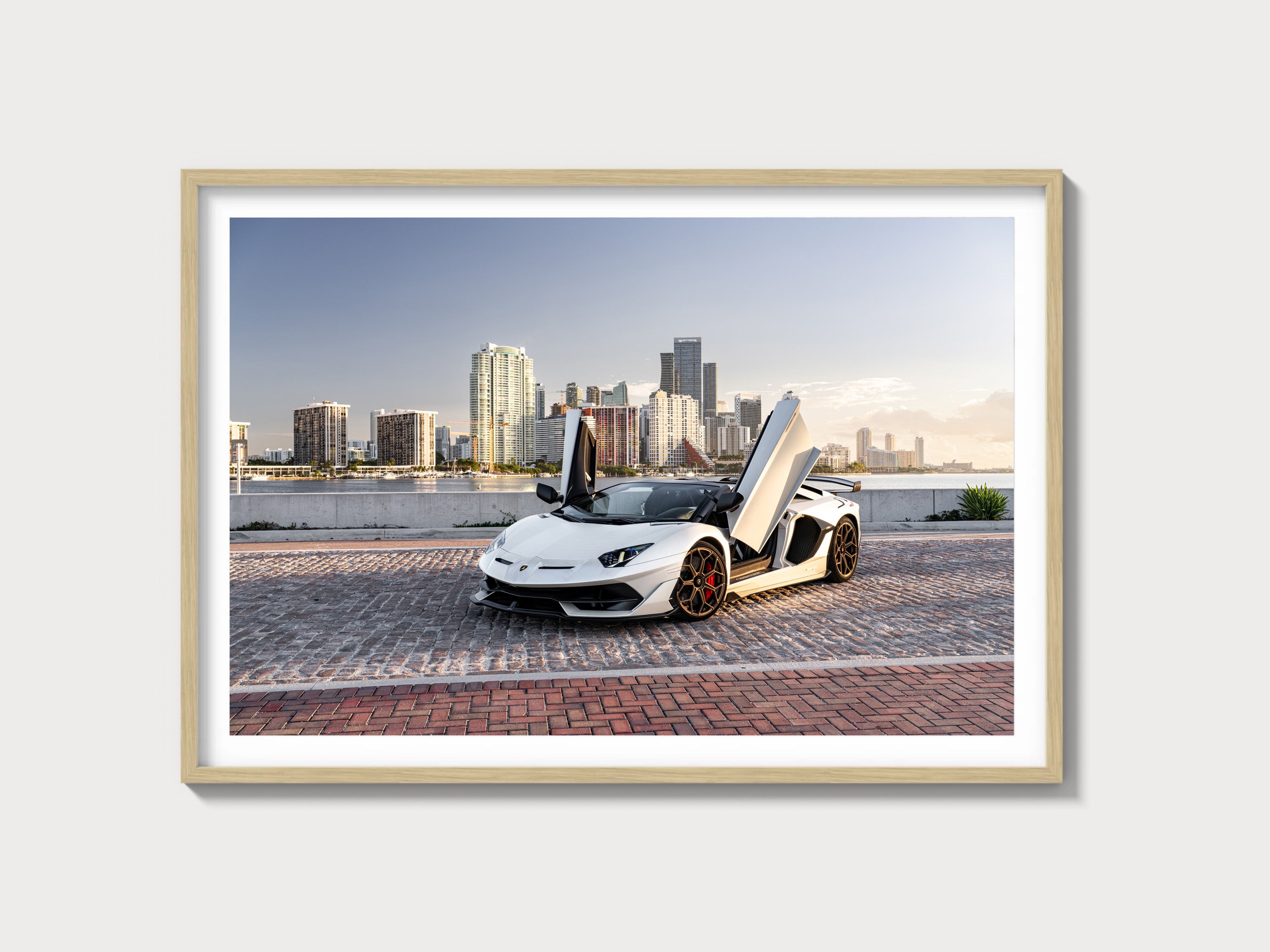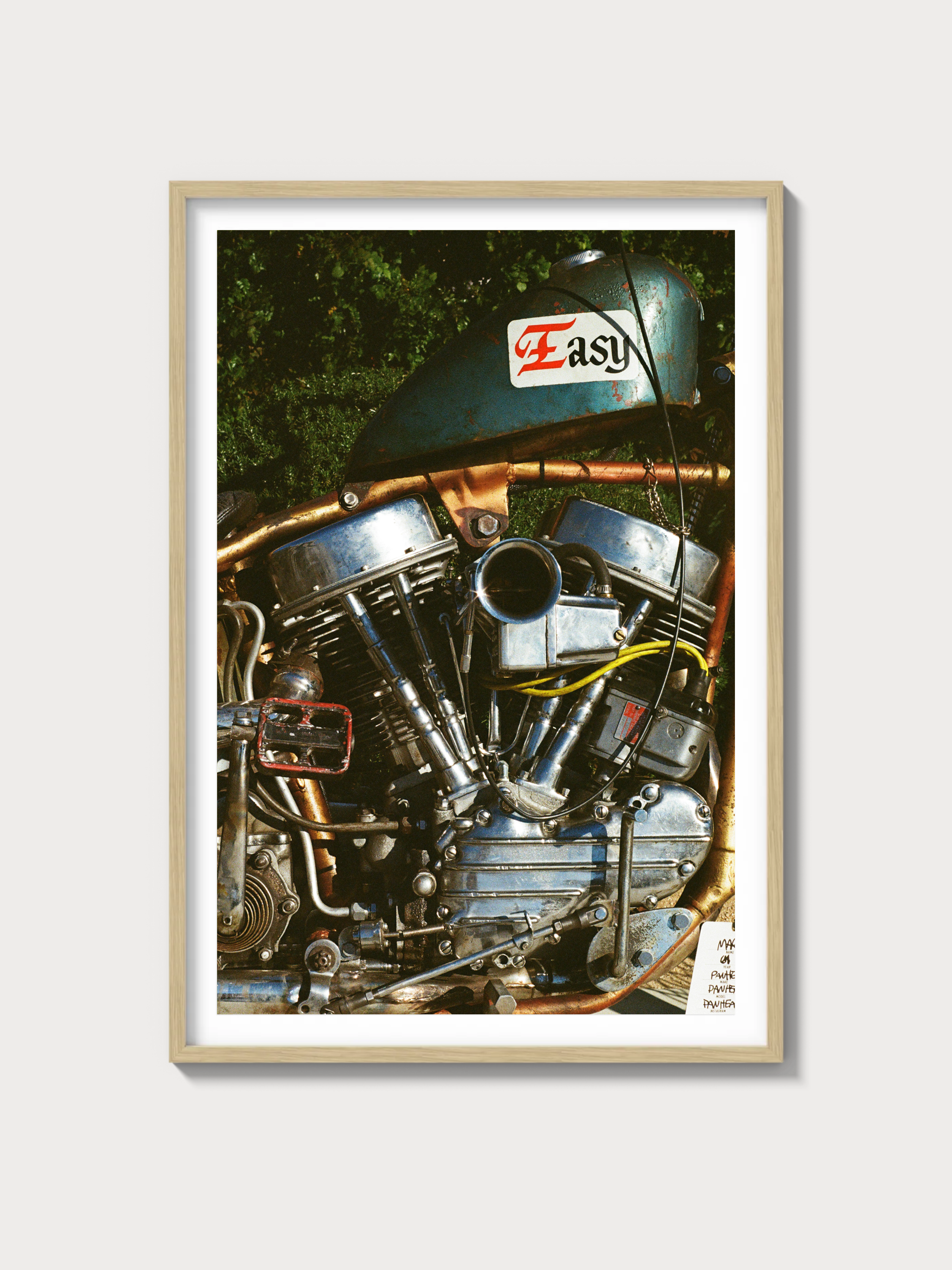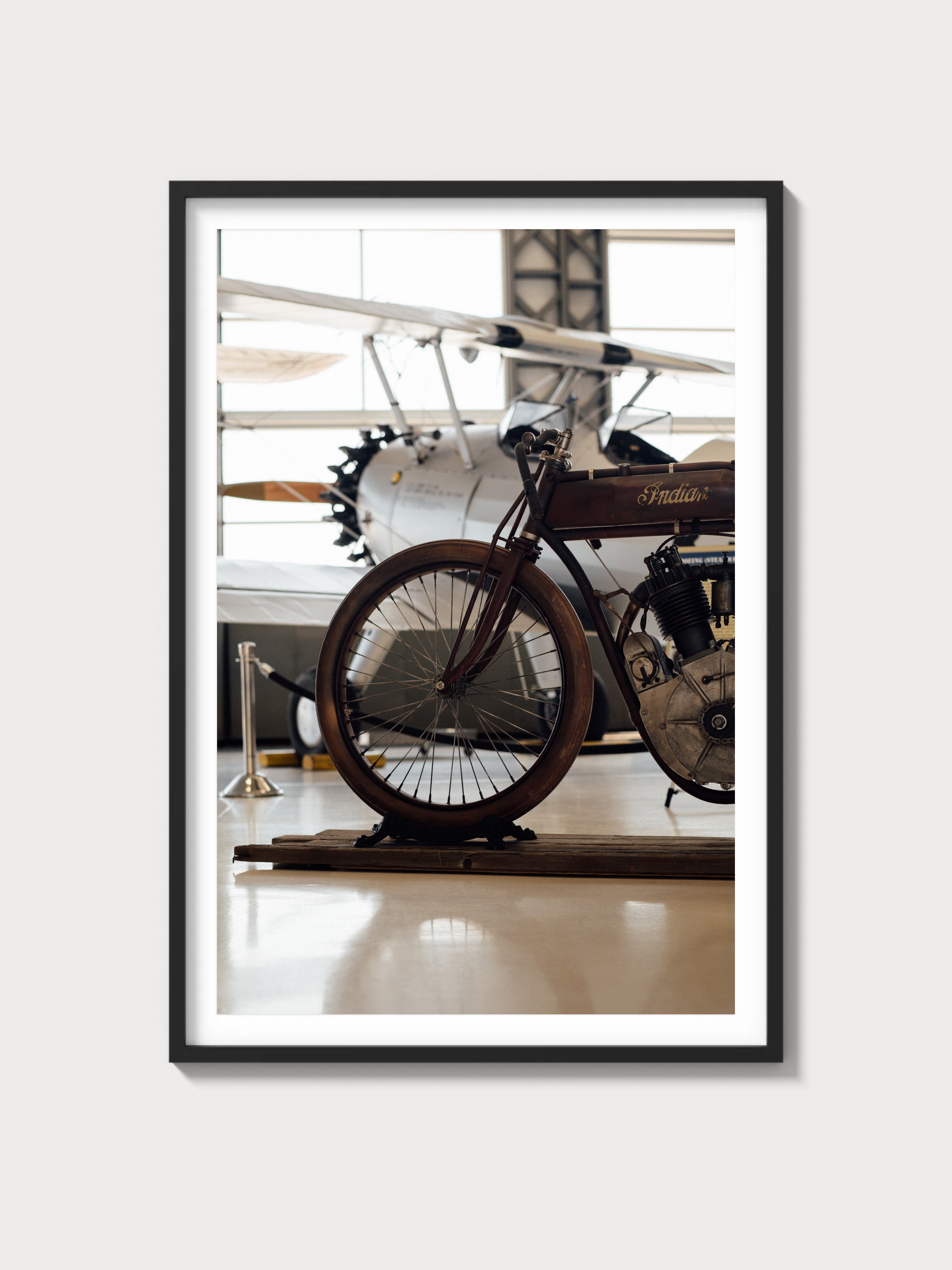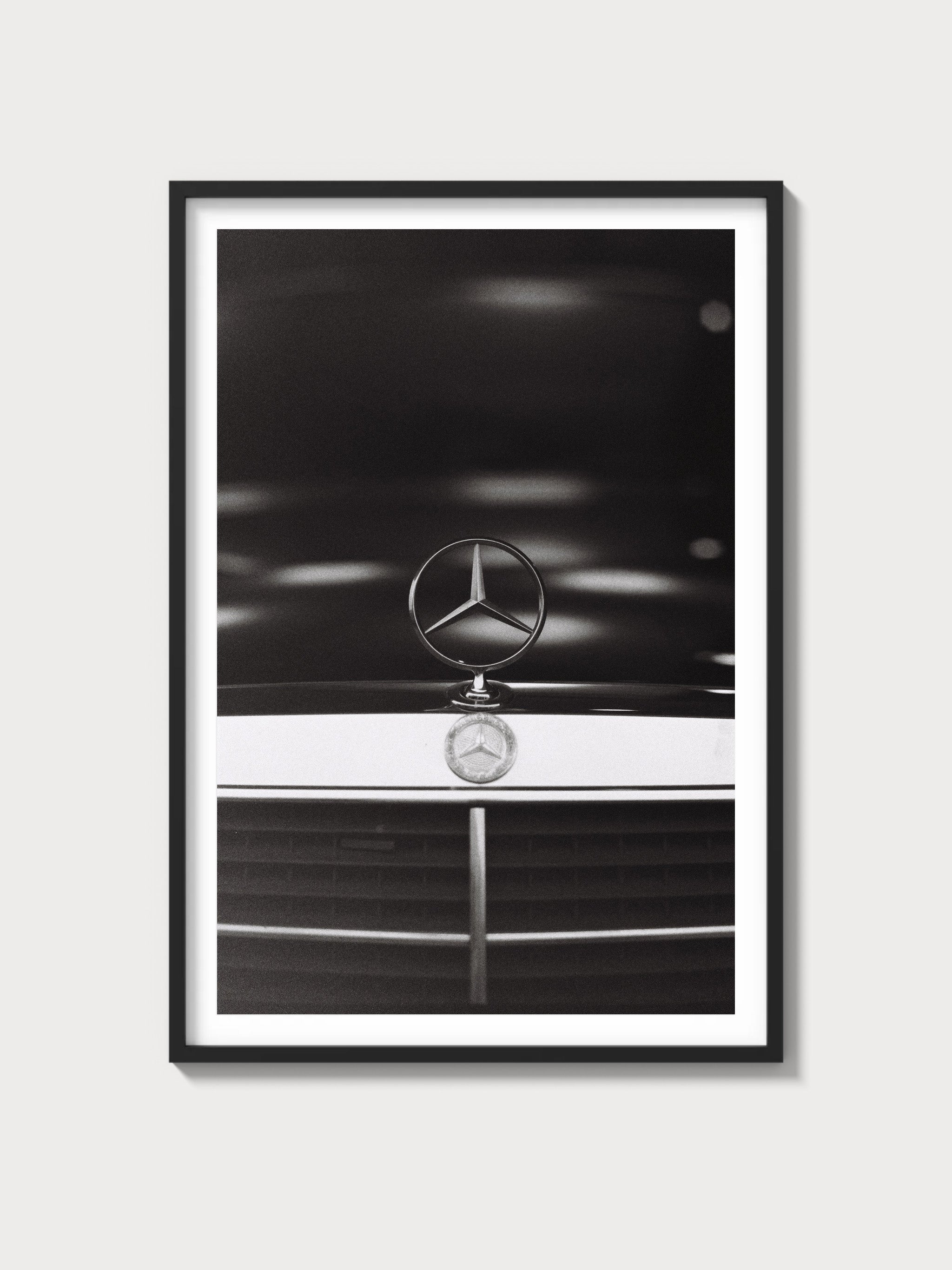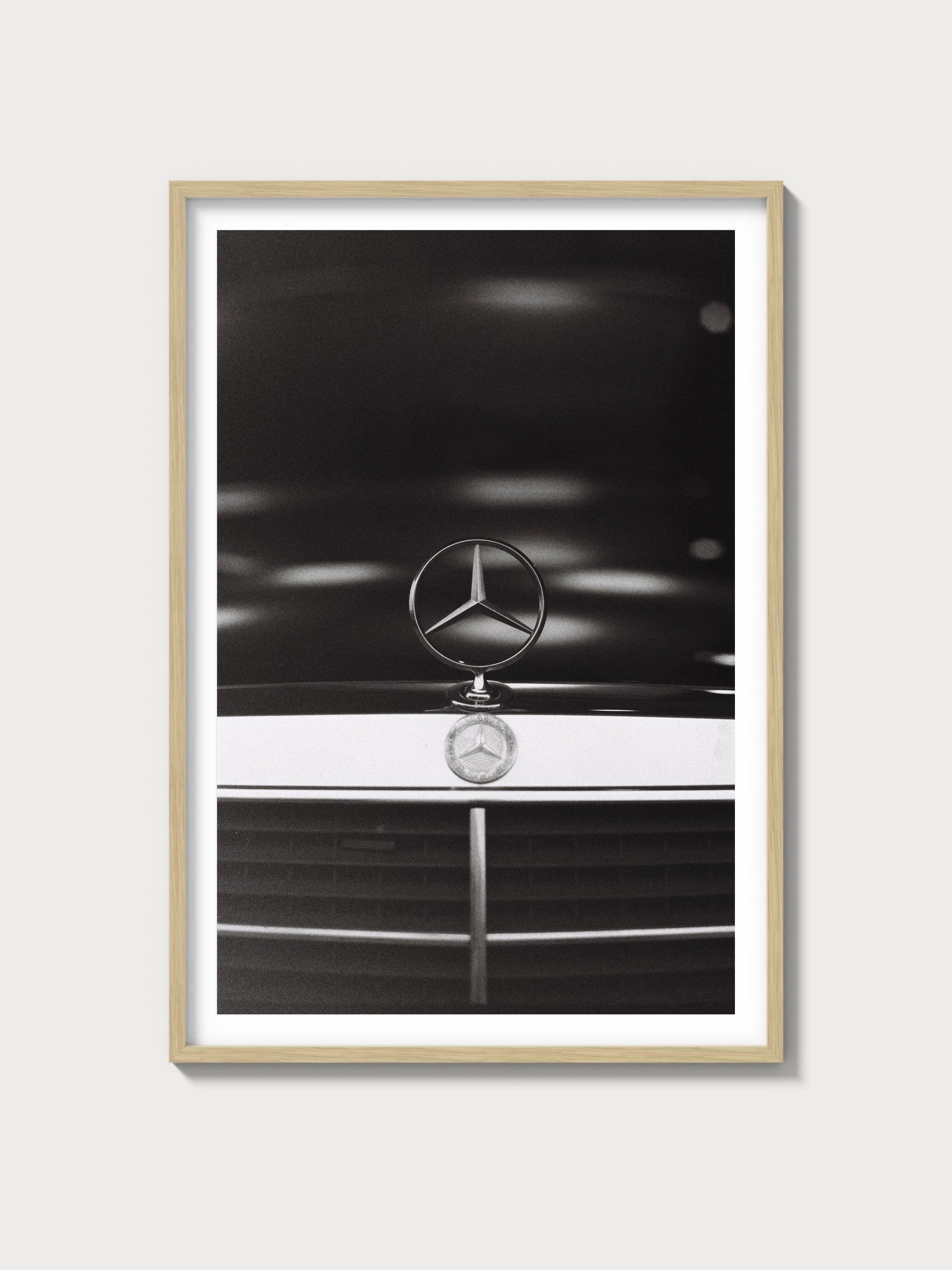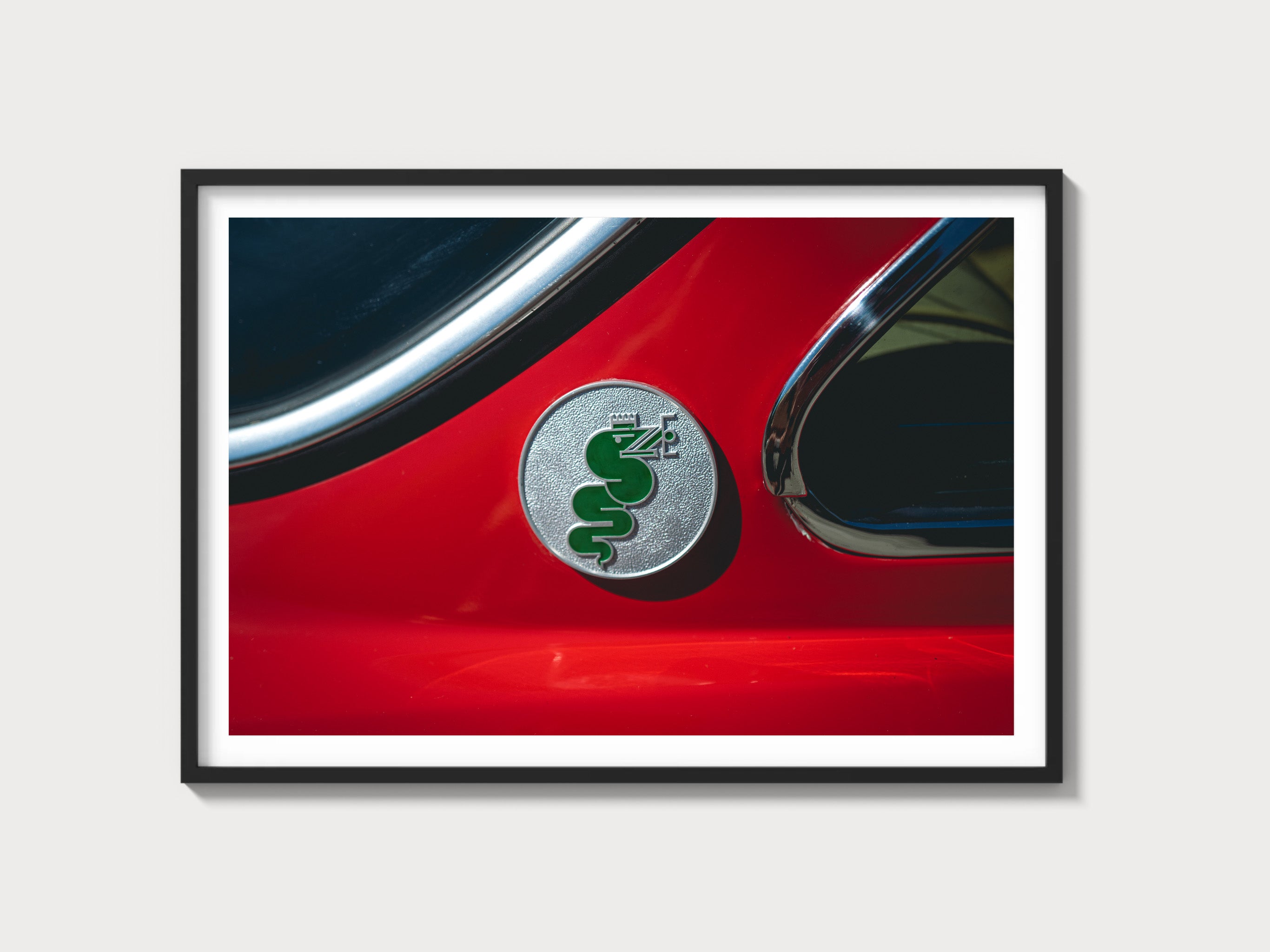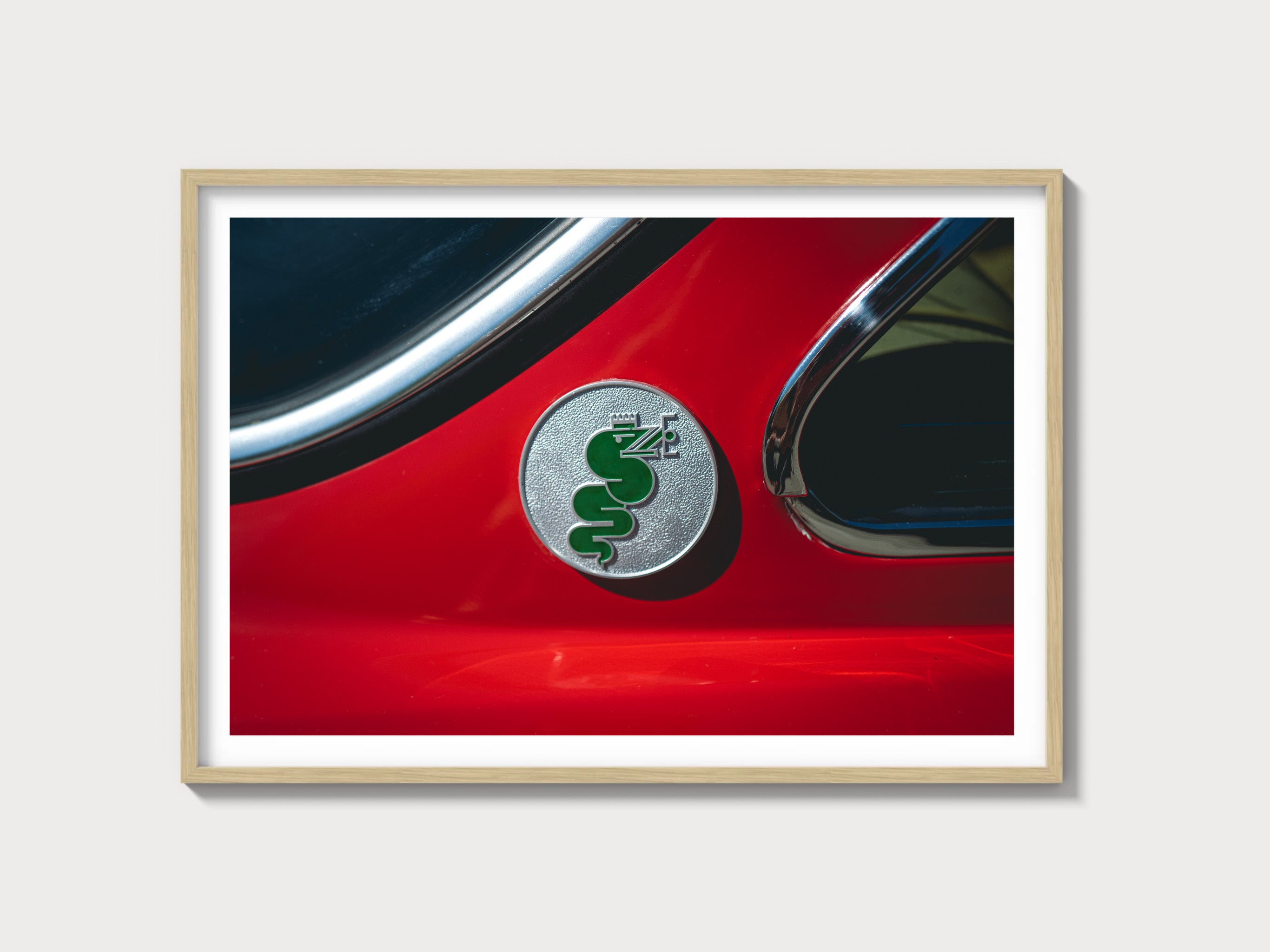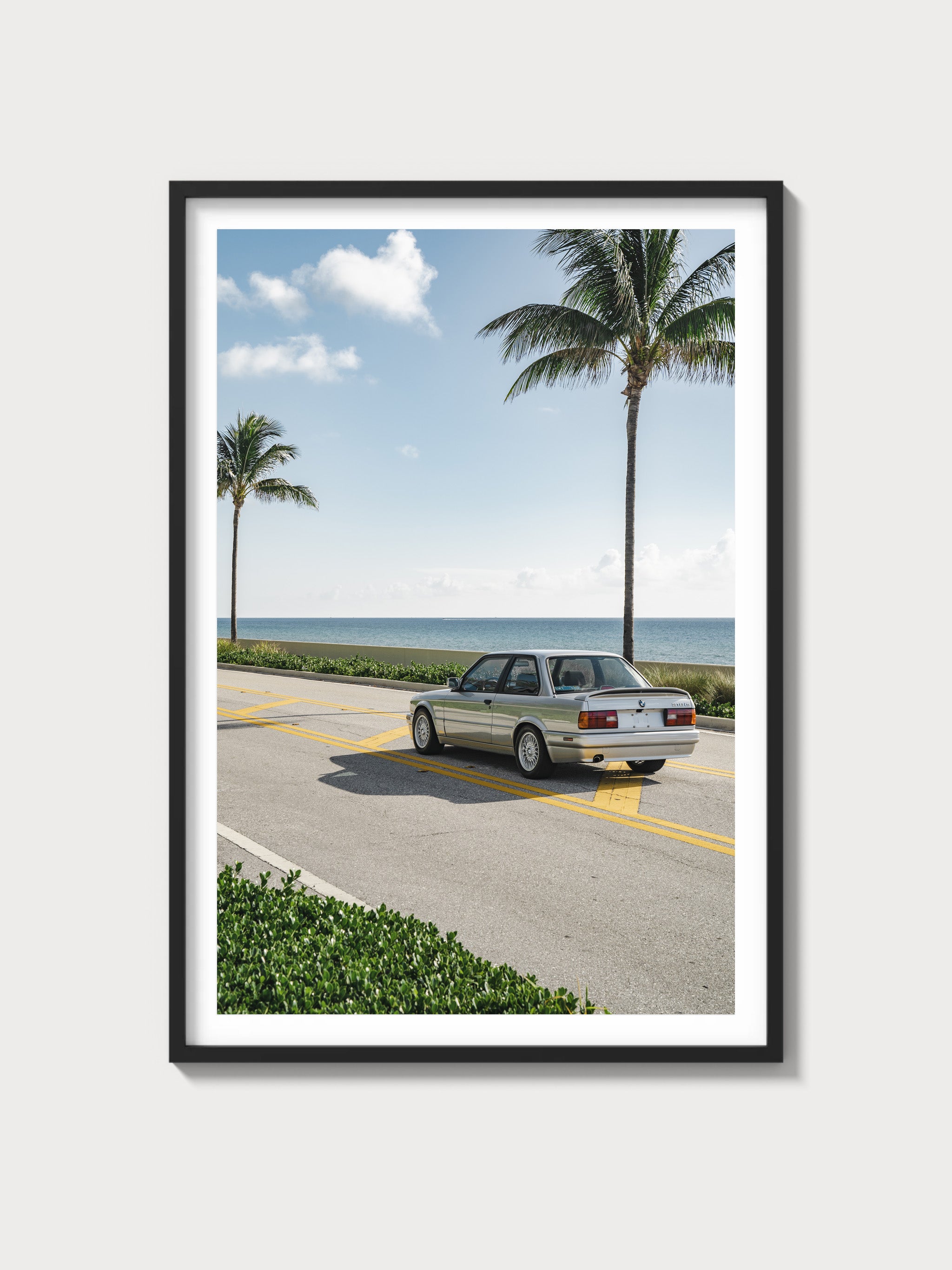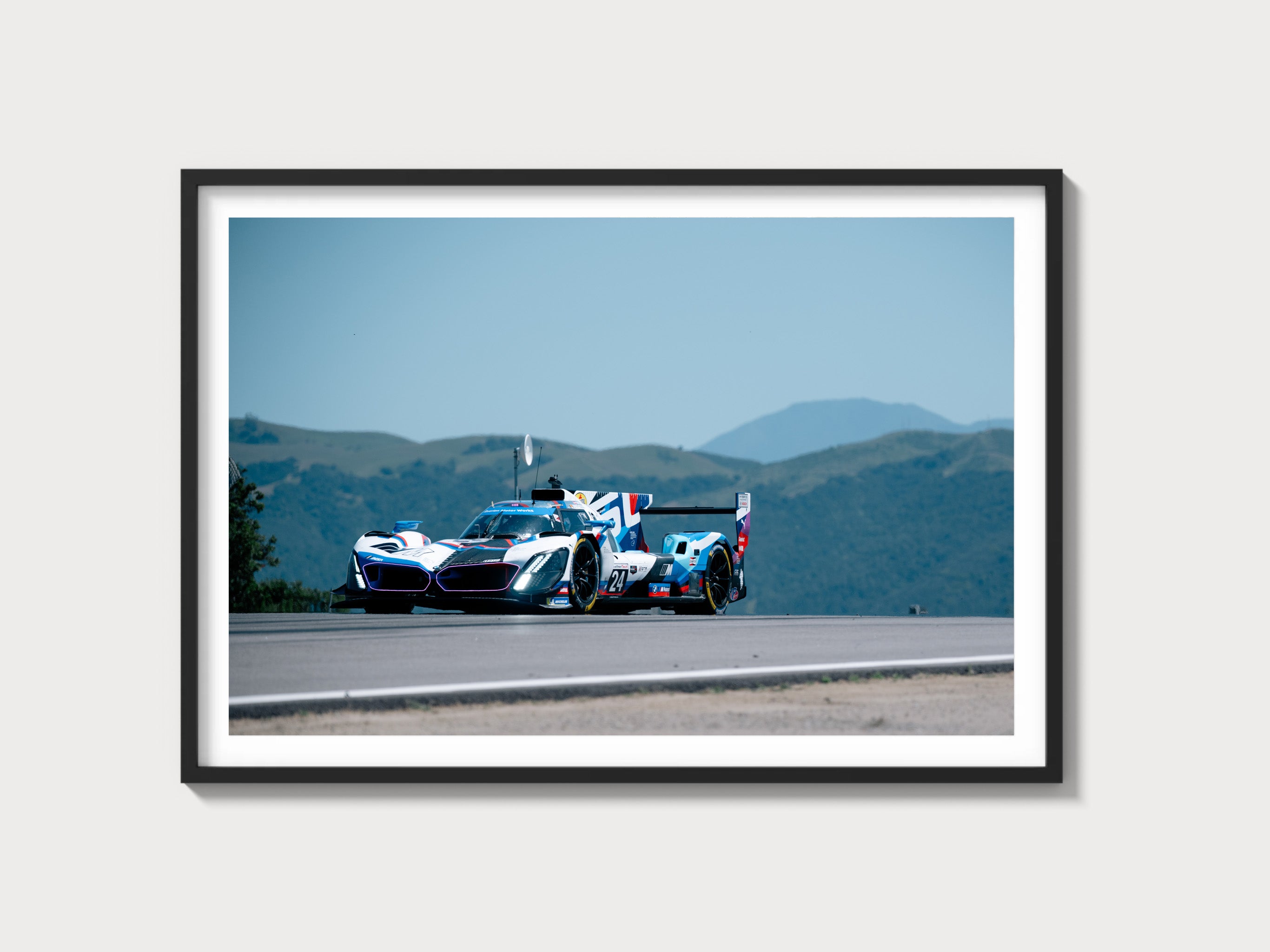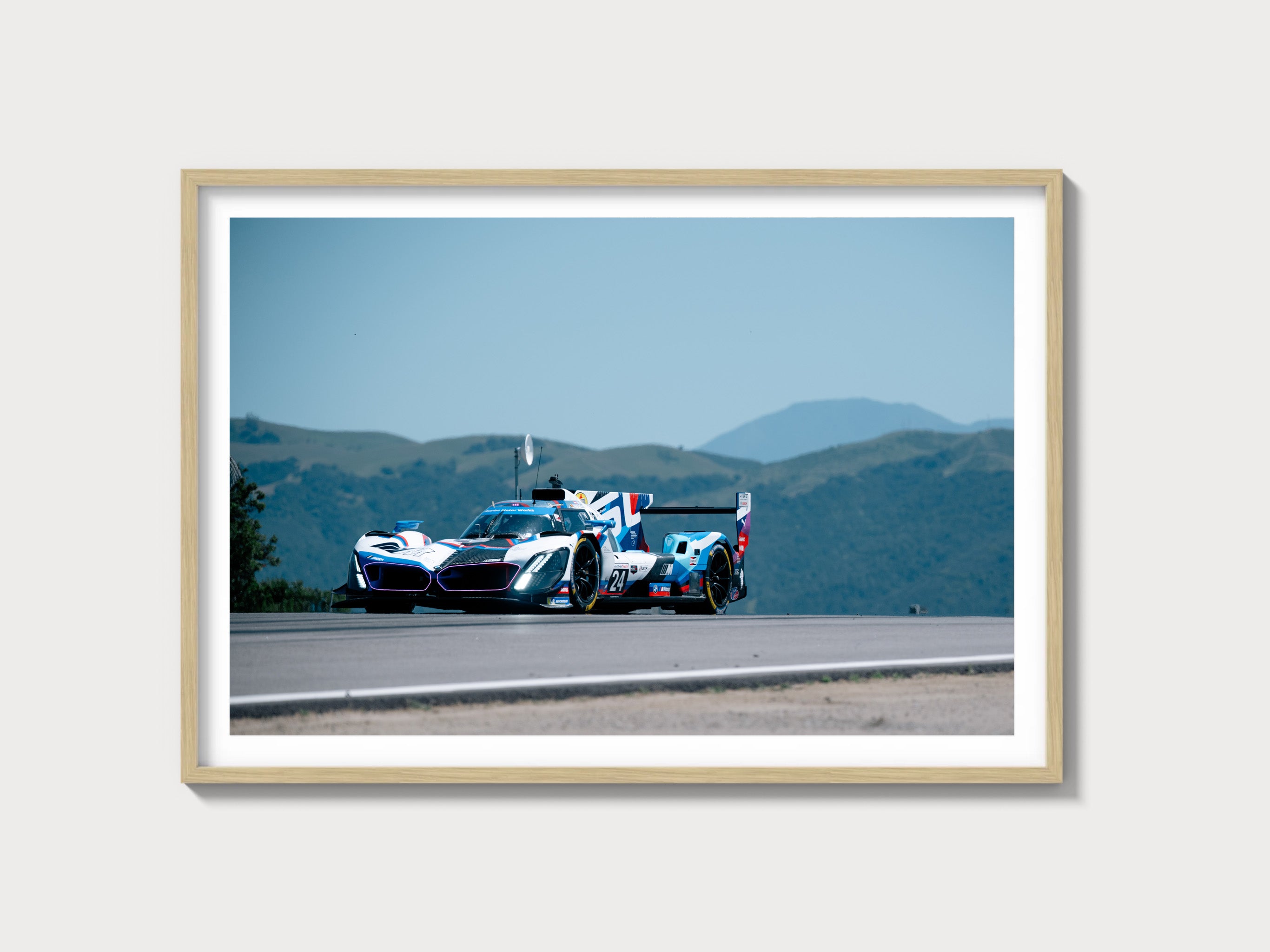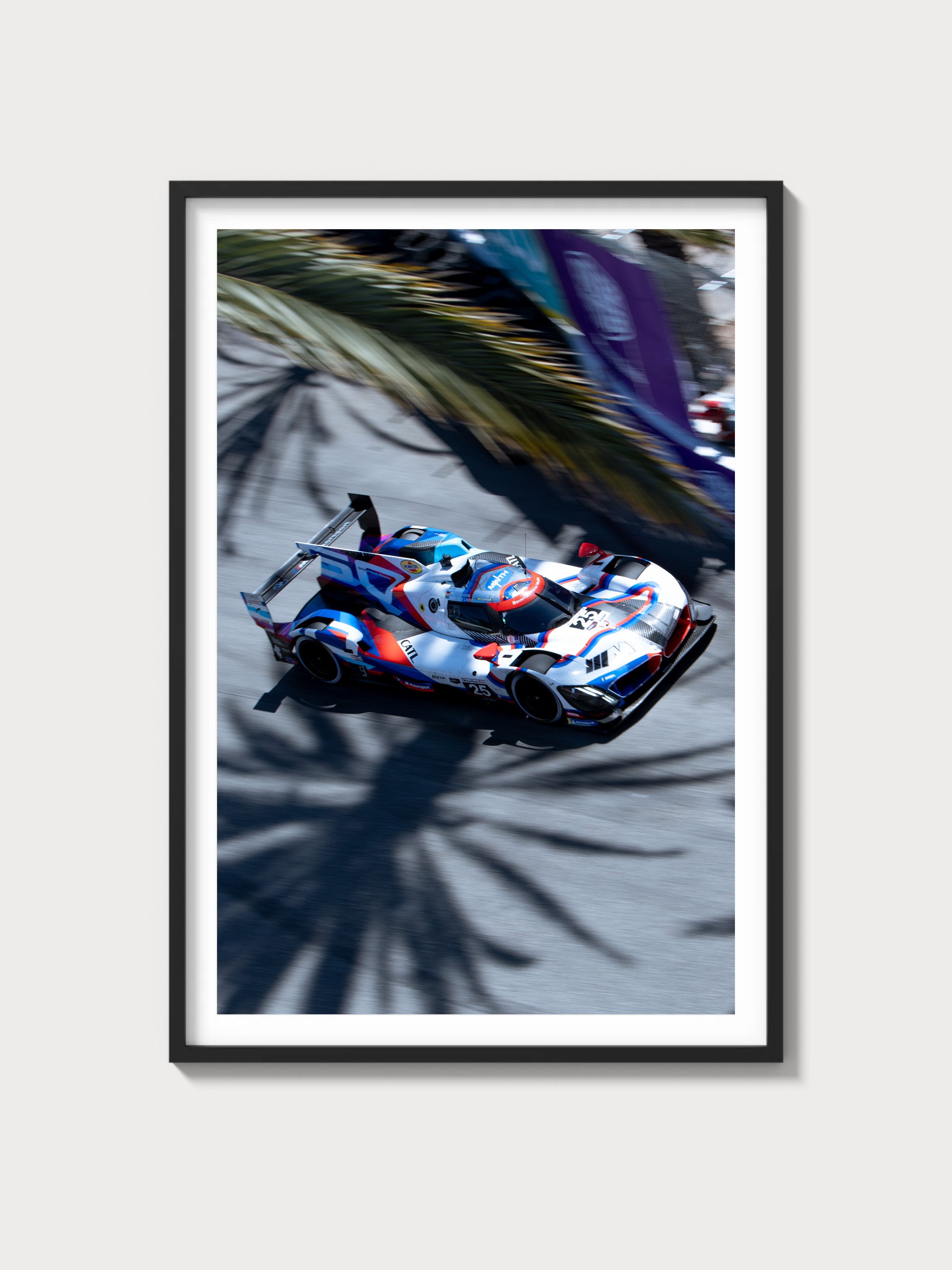Ferrari 365 GTB/4 "Daytona": The Definitive History, Specs, and Legacy
Introduction: Ferrari’s Legendary Grand Tourer
In the storied lineage of Ferrari’s grand tourers, the 365 GTB/4, universally known as the "Daytona," stands as an enduring icon—a masterpiece that fused breathtaking performance with timeless elegance. Launched in 1968 and powered by a 4.4-liter Colombo V12, this model saw 1,284 units crafted by Pininfarina, succeeding the 275 GTB. Named to honor Ferrari’s 1-2-3 finish at the 1967 24 Hours of Daytona, it epitomized the marque’s dual legacy of road and racing excellence.
The year 1968 was a zenith for Ferrari, its racing triumphs—250 GTO, 330 GTC—bolstering road car prestige. Unveiled at the 1968 Paris Motor Show, the "Daytona" captivated with its sleek lines and ferocious power. This exhaustive chronicle, penned with a Ferrari historian’s precision, explores its technical brilliance, its iconic design, its racing echoes, and its monumental legacy.
Historical Context: A Triumph-Inspired Titan
The Ferrari 365 GTB/4 "Daytona" arrived amid a golden age for Maranello. By 1968, Ferrari’s racing pedigree—Dino 206 GT’s innovation, 275 GTB’s refinement—had solidified its global stature, yet Enzo Ferrari sought to elevate the grand touring realm. The 275 GTB’s 3.3L V12 had charmed enthusiasts, but the Daytona 24 Hours victory demanded a bolder successor. The 365 GTB/4, with its larger V12 and modern chassis, answered, targeting a jet-set clientele eager for speed and luxury.
Approximately 1,284 units were produced (1968-1973)—1,232 coupes and 52 GTS/4 convertibles—each a hand-crafted gem. Chassis 12681, the prototype, debuted at Paris in October 1968, its aggressive silhouette signaling a new era. This was a car for luminaries—Steve McQueen, Gianni Agnelli—its production reflecting Ferrari’s ability to balance exclusivity with demand amid Italy’s late-1960s economic surge.
The broader landscape of 1968 framed its creation. Europe’s GT market thrived—Lamborghini Miura, Porsche 911—while America’s muscle car era peaked. The "Daytona" bridged Ferrari’s racing soul, rooted in the 500 Superfast, with a road-going masterpiece, redefining grand touring for a global audience.
Technical Specifications: The V12’s Roaring Heart
The Ferrari 365 GTB/4 "Daytona" was powered by a 4.4-liter Colombo V12—a formidable engine blending raw power with grand touring finesse. Below, we dissect its engineering with historian’s detail.
Engine: Colombo’s 4.4-Liter Triumph
Displacing 4,390 cc (bore 81 mm, stroke 71 mm), the Daytona’s V12 evolved from the 330 series. With a single overhead camshaft per bank, an 8.8:1 compression ratio, and six Weber 40 DFI/5 carburetors, it produced 352 horsepower at 7,500 rpm (European spec) or 330 hp at 6,800 rpm (US spec, detuned for emissions). The aluminum block and heads, wet-sump lubrication, and 60-degree V-angle weighed 310 lbs, delivering 318 lb-ft of torque at 5,500 rpm.
This engine was a grand touring marvel. Chassis 14381, a 1969 US model, showcased its refined power, balancing ferocity with reliability.
Performance: Blistering Speed
The "Daytona" reached 174 mph (280 km/h)—verified by Road & Track’s 1969 test—outrunning the 330 GTC’s 157 mph, with a 0-60 mph time of ~5.5 seconds. Its power-to-weight ratio (260 hp/ton European, 244 hp/ton US) surpassed the 330 GTS (240 hp/ton), its lightweight design amplifying its agility.
Chassis and Suspension: Balanced Precision
The chassis was a tubular steel ladder frame, weighing 1,350 kg (2,976 lbs)—lighter than the 365 GT 2+2’s 1,480 kg due to its two-seat focus. Its 2,400 mm wheelbase matched the 330 GTC, with independent front suspension (double wishbones, coil springs) and a live rear axle with semi-elliptic leaf springs, tuned for a blend of comfort and control.
Transmission and Brakes: Dynamic Mastery
A 5-speed manual gearbox—synchronized, front-mounted—drove the rear wheels, its ratios (1st: 2.58, 5th: 0.94) favoring high-speed cruising. Braking relied on 14-inch Dunlop disc brakes, delivering 1.0g deceleration—robust for its era.
| Specification | Details |
|---|---|
| Engine | 4.4L V12, 352 hp @ 7,500 rpm (330 hp US) |
| Displacement | 4,390 cc (81 mm x 71 mm) |
| Top Speed | ~174 mph (280 km/h) |
| 0-60 mph | ~5.5 seconds |
| Weight | 1,350 kg (2,976 lbs) |
| Transmission | 5-speed manual |
| Suspension (Front) | Double wishbone, coil springs |
| Suspension (Rear) | Live axle, semi-elliptic leaf springs |
| Brakes | Hydraulic discs, 14-inch |
Design and Styling: Pininfarina’s Timeless Art
The Ferrari 365 GTB/4 "Daytona"’s aesthetic was a Pininfarina triumph—aggressive yet refined.
Exterior: Iconic Aggression
Pininfarina crafted all 1,284 units—chassis 12681 featured a low nose, sharp fenders, and a Kamm tail, finished in Rosso Corsa. Its 2,400 mm wheelbase and steel body (aluminum hood) balanced weight and strength, with pop-up headlights (later fixed in US models) adding flair.
Interior: Luxurious Focus
The cabin was a driver’s sanctuary: leather bucket seats (black or tan), a wood-rimmed steering wheel, and Veglia gauges—tachometer (8,000 rpm redline), speedometer, oil pressure. Chassis 14381’s walnut trim and optional air conditioning elevated it beyond the 275 GTB, offering GT luxury.
Production and Variants: A Grand Touring Legacy
The "Daytona"’s 1,284-unit run (1968-1973) included 1,232 GTB/4 coupes and 52 GTS/4 convertibles (1971-1973). Chassis 12681 launched the series, while 18781 closed it, with right-hand drive options from 1970. Variants like lightweight competition models (e.g., chassis 14177) were rare, reflecting its road focus.
Performance and Racing Legacy: A Road-Bred Legend
The Ferrari 365 GTB/4 racing history was limited, its grand touring mission primary. Chassis 14177, a competition variant, took 3rd in class at the 1970 Le Mans, its 352 hp shining. Privateers occasionally raced it, but its stage was the open road—Autostrada, California highways—where its 174 mph top speed and handling thrilled.
Ownership and Market Value: A Cultural Icon
The Ferrari 365 GTB/4 value reflects its rarity and fame. Early owners included Steve McQueen (14381) and Frank Sinatra. Today, prices range $500,000-$1.5 million—chassis 12681 fetched $1.2 million at RM Sotheby’s 2023. Restoration costs—V12 rebuilds at $150,000—underscore its prestige.
Cultural Impact: Ferrari’s Cinematic Star
The "Daytona" cemented Ferrari’s legacy, its role in *Le Mans* with McQueen amplifying its mystique. Influencing the Testarossa and beyond, it’s the car of 1960s jet-setters and film lore, a pinnacle of Maranello’s golden age.
Comparisons: Ferrari 365 GTB/4 vs Rivals
The Ferrari 365 GTB/4 vs Lamborghini Miura pits 352 hp V12 against 350 hp V12—Ferrari led in refinement, Miura in mid-engine flair. The Porsche 911 Turbo (260 hp) trailed in power but matched in agility.
| Model | Engine | Power | Weight | Top Speed |
|---|---|---|---|---|
| Ferrari 365 GTB/4 | 4.4L V12 | 352 hp | 1,350 kg | ~174 mph |
| Lamborghini Miura | 3.9L V12 | 350 hp | 1,292 kg | ~171 mph |
| Porsche 911 Turbo | 3.0L Flat-6 | 260 hp | 1,200 kg | ~155 mph |
Frequently Asked Questions
What was the Ferrari 365 GTB/4 "Daytona"?
A 1968 4.4L V12 grand tourer.
How many were made?
~1,284 units.
What engine powered it?
4,390 cc Colombo V12, 352 hp (330 hp US).
Did it race?
Rarely—built for touring, with privateer success.
What’s its value?
$500,000-$1.5 million.

